TONGA VOLCANIC ERUPTION AND THE TELECOMMUNICATION SYSTEM
Dale Dominey-Howes
Dale Dominey-Howes
In the wake of a violent volcanic eruption in Tonga, much of the communication with residents on the islands remains at a standstill. In our modern, highly-connected world, more than 95% of global data transfer occurs along with fiber-optic cables that criss-cross through the world’s oceans.
The video below shows the incredible spread of submarine cables around the planet – with more than 885,000 kilometers of cable laid down since 1989.
What happened in Tonga?
Tonga was only connected to the global submarine telecommunication network in the last decade. Its islands have been heavily reliant on this system as it is more stable than other technologies such as satellite and fixed infrastructure.
The situation in Tonga right now is still fluid, and certain details have yet to be confirmed – but it seems one or more volcanic processes (such as the tsunami, submarine landslide, or other underwater currents) have snapped the 872km long fiber-optic cable connecting Tonga to the rest of the world. The cable system was not switched off or disconnected by the authorities.
This has had a massive impact. Tongans living in Australia and New Zealand can’t contact their loved ones to check on them. It has also made it difficult for Tongan government officials and emergency services to communicate with each other, and for local communities to determine aid and recovery needs.
Risks to submarine cables elsewhere
The events in Tonga once again highlight how fragile the global undersea cable network is and how quickly it can go offline.
Cables are laid in the shortest (that means cheapest) distance between two points on the Earth’s surface. They also have to be laid along with particular geographic locations that allow easy placement, which is why many cables are clustered in choke points. Many of these undersea cables pass close to or directly over active volcanoes, regions impacted by tropical cyclones, and/or active earthquake zones.
How do we manage risk going forward?
Given the vulnerability of the network, the first step to mitigating risk is to undertake research to quantify and evaluate the actual risk to submarine cables in particular places on the ocean floors and to different types of natural hazards. For example, tropical cyclones (hurricanes/typhoons) occur regularly, but other disasters such as earthquakes and volcanic eruptions happen less often.
At the same time, governments and telecommunication companies should find ways to diversify the way we communicate, such as by using more satellite-based systems and other technologies.
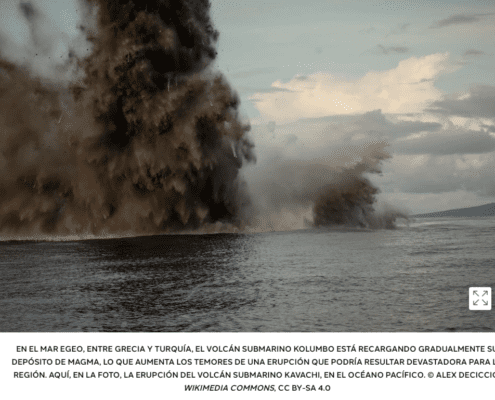 https://volcanofoundation.org/wp-content/uploads/2023/01/Captura-de-pantalla-22-1.png
769
979
Anne Fornier
https://volcanofoundation.org/wp-content/uploads/2021/04/volcano-foundation-1-1.png
Anne Fornier2023-01-15 19:14:112023-01-15 19:43:27A devastating eruption in the Mediterranean?
https://volcanofoundation.org/wp-content/uploads/2023/01/Captura-de-pantalla-22-1.png
769
979
Anne Fornier
https://volcanofoundation.org/wp-content/uploads/2021/04/volcano-foundation-1-1.png
Anne Fornier2023-01-15 19:14:112023-01-15 19:43:27A devastating eruption in the Mediterranean?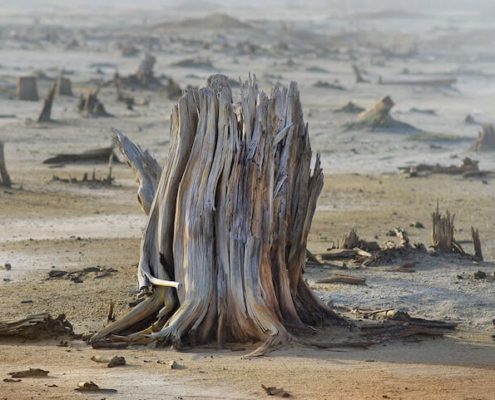 https://volcanofoundation.org/wp-content/uploads/2021/09/consecuencias-de-la-lluvia-acida-arboles-secos-2-1.jpeg
481
600
Anne Fornier
https://volcanofoundation.org/wp-content/uploads/2021/04/volcano-foundation-1-1.png
Anne Fornier2022-08-20 22:38:422022-08-20 22:38:42Risk of Volcano Catastrophe
https://volcanofoundation.org/wp-content/uploads/2021/09/consecuencias-de-la-lluvia-acida-arboles-secos-2-1.jpeg
481
600
Anne Fornier
https://volcanofoundation.org/wp-content/uploads/2021/04/volcano-foundation-1-1.png
Anne Fornier2022-08-20 22:38:422022-08-20 22:38:42Risk of Volcano Catastrophe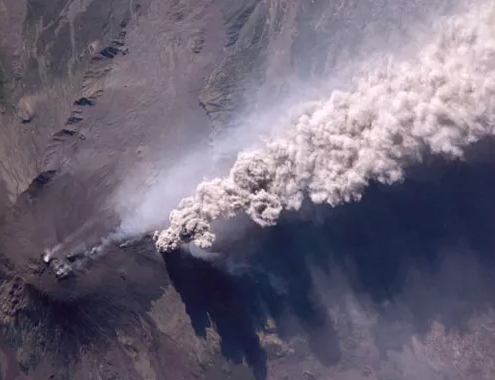 https://volcanofoundation.org/wp-content/uploads/2022/06/Etna.webp
380
514
Anne Fornier
https://volcanofoundation.org/wp-content/uploads/2021/04/volcano-foundation-1-1.png
Anne Fornier2022-06-20 11:44:052022-06-20 11:44:05Radon enrichment in the volcanic plume of Etna
https://volcanofoundation.org/wp-content/uploads/2022/06/Etna.webp
380
514
Anne Fornier
https://volcanofoundation.org/wp-content/uploads/2021/04/volcano-foundation-1-1.png
Anne Fornier2022-06-20 11:44:052022-06-20 11:44:05Radon enrichment in the volcanic plume of Etna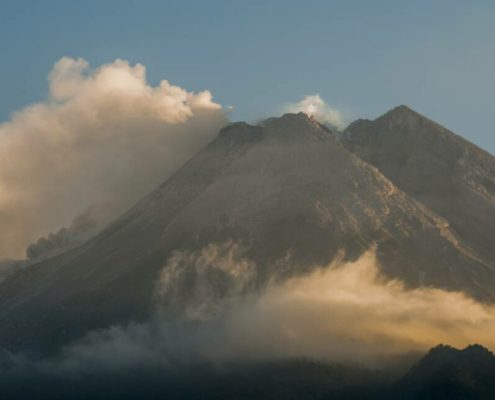
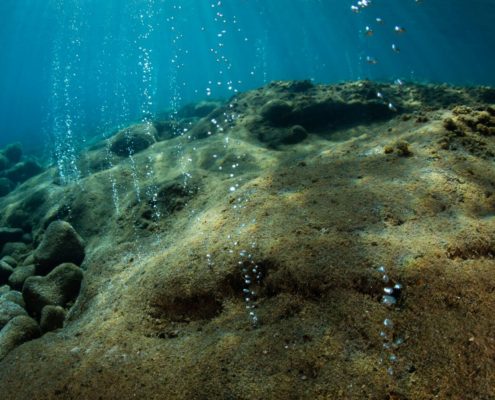
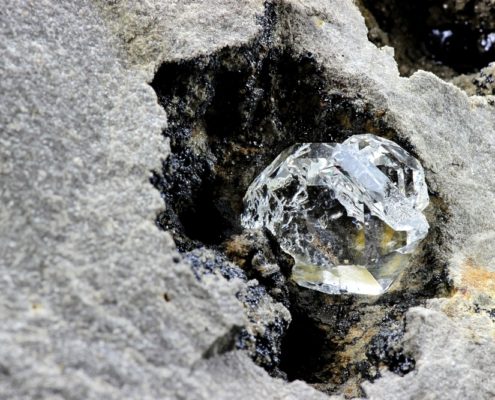 https://volcanofoundation.org/wp-content/uploads/2022/02/diamantes-4-1.jpg
667
1000
Anne Fornier
https://volcanofoundation.org/wp-content/uploads/2021/04/volcano-foundation-1-1.png
Anne Fornier2022-02-05 11:34:112022-02-17 14:13:23DIAMONDS AND VOLCANOES
https://volcanofoundation.org/wp-content/uploads/2022/02/diamantes-4-1.jpg
667
1000
Anne Fornier
https://volcanofoundation.org/wp-content/uploads/2021/04/volcano-foundation-1-1.png
Anne Fornier2022-02-05 11:34:112022-02-17 14:13:23DIAMONDS AND VOLCANOES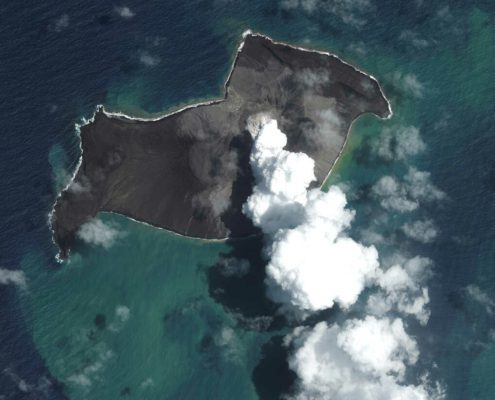
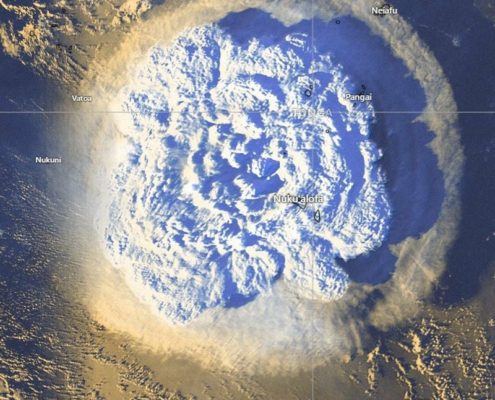 https://volcanofoundation.org/wp-content/uploads/2022/01/hunga-tonga-huga-ha-apai-eruption.jpg
913
800
Anne Fornier
https://volcanofoundation.org/wp-content/uploads/2021/04/volcano-foundation-1-1.png
Anne Fornier2022-01-17 12:54:072022-01-17 19:03:51ERUPTION OF THE HUNGA TONGA-HUNGA HA’APAI VOLCANO
https://volcanofoundation.org/wp-content/uploads/2022/01/hunga-tonga-huga-ha-apai-eruption.jpg
913
800
Anne Fornier
https://volcanofoundation.org/wp-content/uploads/2021/04/volcano-foundation-1-1.png
Anne Fornier2022-01-17 12:54:072022-01-17 19:03:51ERUPTION OF THE HUNGA TONGA-HUNGA HA’APAI VOLCANO https://volcanofoundation.org/wp-content/uploads/2021/09/consecuencias-de-la-lluvia-acida-arboles-secos-2-1.jpeg
481
600
Anne Fornier
https://volcanofoundation.org/wp-content/uploads/2021/04/volcano-foundation-1-1.png
Anne Fornier2022-01-15 11:03:512022-01-15 17:56:51ACID RAIN AND THE IMPACT ON BIODIVERSITY.
https://volcanofoundation.org/wp-content/uploads/2021/09/consecuencias-de-la-lluvia-acida-arboles-secos-2-1.jpeg
481
600
Anne Fornier
https://volcanofoundation.org/wp-content/uploads/2021/04/volcano-foundation-1-1.png
Anne Fornier2022-01-15 11:03:512022-01-15 17:56:51ACID RAIN AND THE IMPACT ON BIODIVERSITY.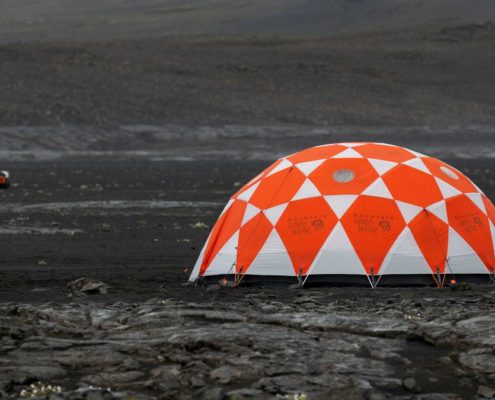 https://volcanofoundation.org/wp-content/uploads/2022/01/nasa_iceland_afp_full_1565770563359-min-1-e1641307123144.jpeg
380
675
Anne Fornier
https://volcanofoundation.org/wp-content/uploads/2021/04/volcano-foundation-1-1.png
Anne Fornier2022-01-04 15:04:362022-01-13 17:20:57NASA TESTS CURIOSITY ROBOTS FOR MARS IN ICELAND
https://volcanofoundation.org/wp-content/uploads/2022/01/nasa_iceland_afp_full_1565770563359-min-1-e1641307123144.jpeg
380
675
Anne Fornier
https://volcanofoundation.org/wp-content/uploads/2021/04/volcano-foundation-1-1.png
Anne Fornier2022-01-04 15:04:362022-01-13 17:20:57NASA TESTS CURIOSITY ROBOTS FOR MARS IN ICELAND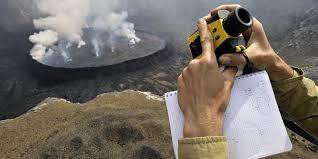 https://volcanofoundation.org/wp-content/uploads/2021/12/téléchargement-min.jpeg
159
318
Anne Fornier
https://volcanofoundation.org/wp-content/uploads/2021/04/volcano-foundation-1-1.png
Anne Fornier2021-12-21 15:05:312022-01-13 17:22:30MACHINE LEARNING AND TECHNOLOGY IN VOLCANOLOGY
https://volcanofoundation.org/wp-content/uploads/2021/12/téléchargement-min.jpeg
159
318
Anne Fornier
https://volcanofoundation.org/wp-content/uploads/2021/04/volcano-foundation-1-1.png
Anne Fornier2021-12-21 15:05:312022-01-13 17:22:30MACHINE LEARNING AND TECHNOLOGY IN VOLCANOLOGY https://volcanofoundation.org/wp-content/uploads/2021/12/Capture-décran-2021-12-21-à-13.30.17-min-min-1.png
1724
2560
Anne Fornier
https://volcanofoundation.org/wp-content/uploads/2021/04/volcano-foundation-1-1.png
Anne Fornier2021-12-21 13:04:322021-12-27 11:42:08ANNE FORNIER PUBLISHED IN REVISTA LOGER (RCLGR)
https://volcanofoundation.org/wp-content/uploads/2021/12/Capture-décran-2021-12-21-à-13.30.17-min-min-1.png
1724
2560
Anne Fornier
https://volcanofoundation.org/wp-content/uploads/2021/04/volcano-foundation-1-1.png
Anne Fornier2021-12-21 13:04:322021-12-27 11:42:08ANNE FORNIER PUBLISHED IN REVISTA LOGER (RCLGR)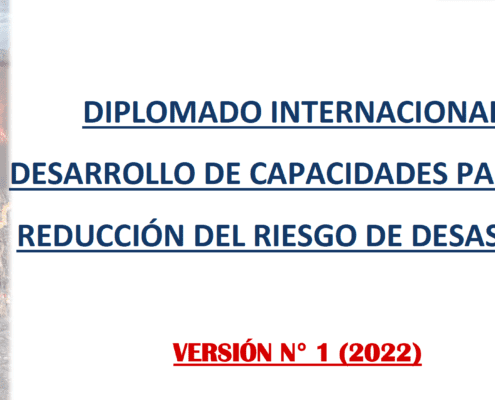
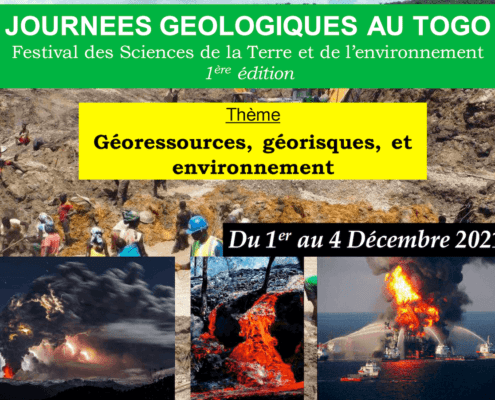
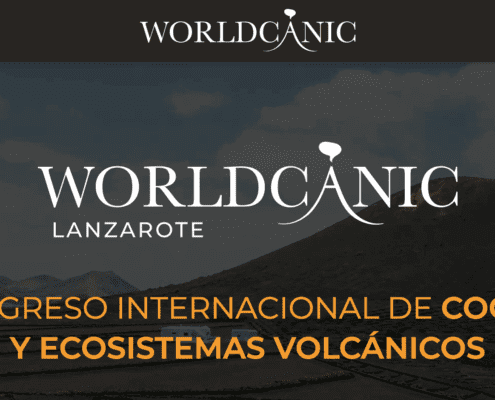
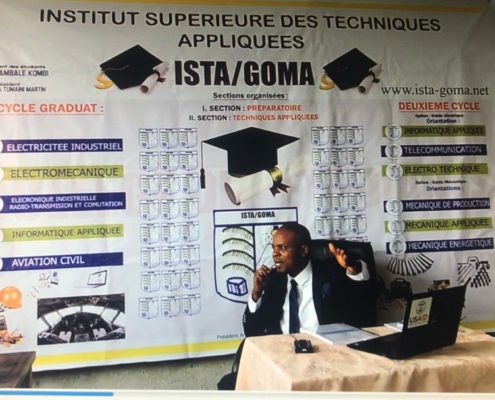 Volcano Foundation
https://volcanofoundation.org/wp-content/uploads/2021/10/volcano-foundation-support-local-scientifics.jpg
608
1080
Anne Fornier
https://volcanofoundation.org/wp-content/uploads/2021/04/volcano-foundation-1-1.png
Anne Fornier2021-10-29 16:26:352021-10-29 16:33:31WE SUPPORT THE TRAINING OF FIELD SCIENTISTS
Volcano Foundation
https://volcanofoundation.org/wp-content/uploads/2021/10/volcano-foundation-support-local-scientifics.jpg
608
1080
Anne Fornier
https://volcanofoundation.org/wp-content/uploads/2021/04/volcano-foundation-1-1.png
Anne Fornier2021-10-29 16:26:352021-10-29 16:33:31WE SUPPORT THE TRAINING OF FIELD SCIENTISTS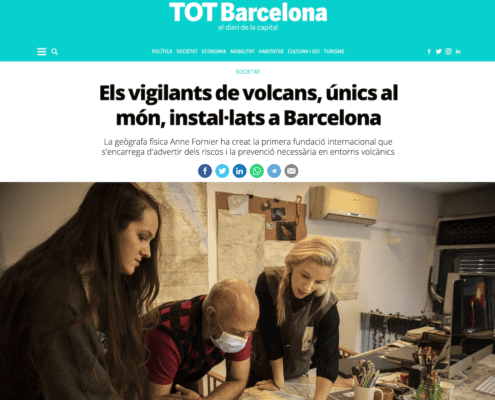 TOT Barcelona
TOT Barcelona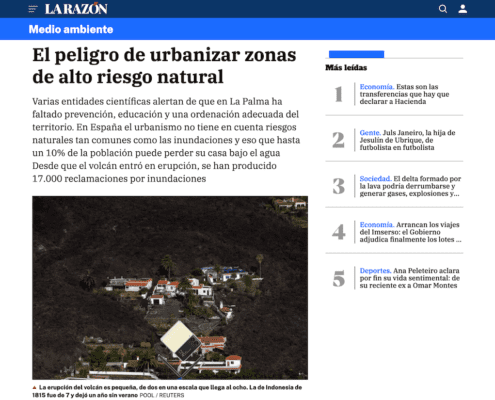 https://volcanofoundation.org/wp-content/uploads/2021/10/peligro-urbanizar-riesgo-natural-la-razon-.png
825
1200
Anne Fornier
https://volcanofoundation.org/wp-content/uploads/2021/04/volcano-foundation-1-1.png
Anne Fornier2021-10-19 12:18:462021-10-19 13:26:49THE DANGER OF URBANISING HIGH-RISK NATURAL AREAS
https://volcanofoundation.org/wp-content/uploads/2021/10/peligro-urbanizar-riesgo-natural-la-razon-.png
825
1200
Anne Fornier
https://volcanofoundation.org/wp-content/uploads/2021/04/volcano-foundation-1-1.png
Anne Fornier2021-10-19 12:18:462021-10-19 13:26:49THE DANGER OF URBANISING HIGH-RISK NATURAL AREAS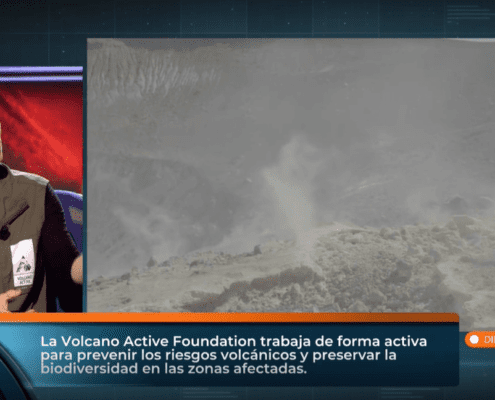 https://volcanofoundation.org/wp-content/uploads/2021/10/Anne-horizonte-cuatro-tv.png
648
1200
Anne Fornier
https://volcanofoundation.org/wp-content/uploads/2021/04/volcano-foundation-1-1.png
Anne Fornier2021-10-08 12:26:192021-10-18 13:08:06THE LACK OF DILIGENCE IN LA PALMA, CANARY ISLANDS
https://volcanofoundation.org/wp-content/uploads/2021/10/Anne-horizonte-cuatro-tv.png
648
1200
Anne Fornier
https://volcanofoundation.org/wp-content/uploads/2021/04/volcano-foundation-1-1.png
Anne Fornier2021-10-08 12:26:192021-10-18 13:08:06THE LACK OF DILIGENCE IN LA PALMA, CANARY ISLANDS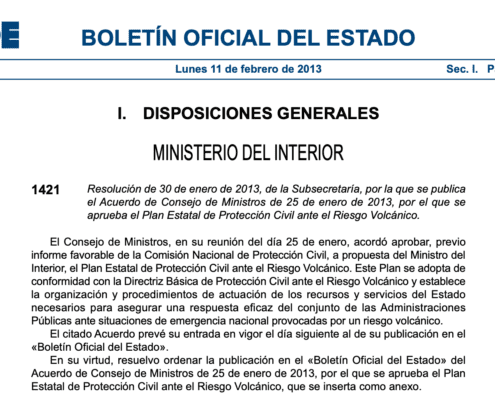 https://volcanofoundation.org/wp-content/uploads/2021/10/boletin-riesgo-volcanico.png
974
1536
Anne Fornier
https://volcanofoundation.org/wp-content/uploads/2021/04/volcano-foundation-1-1.png
Anne Fornier2021-10-07 14:06:592021-10-08 12:27:30OUR QUESTIONS TO THE CONGRESS OF DEPUTIES OF SPAIN
https://volcanofoundation.org/wp-content/uploads/2021/10/boletin-riesgo-volcanico.png
974
1536
Anne Fornier
https://volcanofoundation.org/wp-content/uploads/2021/04/volcano-foundation-1-1.png
Anne Fornier2021-10-07 14:06:592021-10-08 12:27:30OUR QUESTIONS TO THE CONGRESS OF DEPUTIES OF SPAIN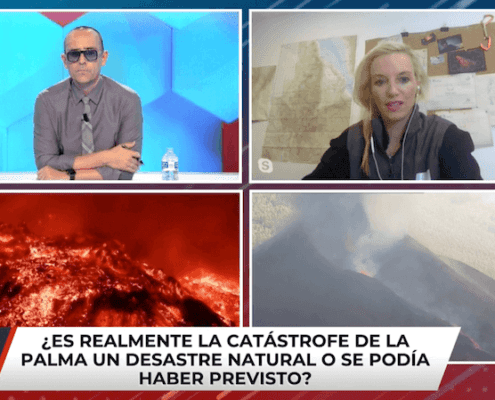
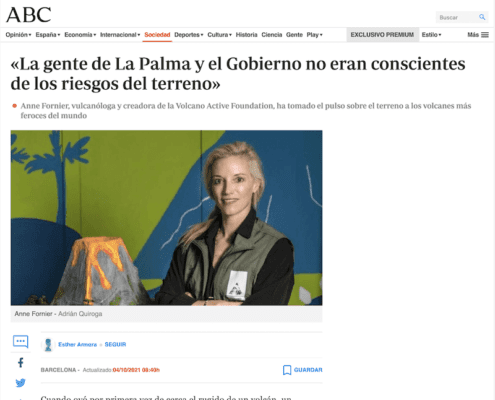 https://volcanofoundation.org/wp-content/uploads/2021/10/palma-gobiernos-abc.png
741
800
Anne Fornier
https://volcanofoundation.org/wp-content/uploads/2021/04/volcano-foundation-1-1.png
Anne Fornier2021-10-05 10:01:472021-10-05 16:46:10VOLCANO FOUNDATION IN ABC.ES
https://volcanofoundation.org/wp-content/uploads/2021/10/palma-gobiernos-abc.png
741
800
Anne Fornier
https://volcanofoundation.org/wp-content/uploads/2021/04/volcano-foundation-1-1.png
Anne Fornier2021-10-05 10:01:472021-10-05 16:46:10VOLCANO FOUNDATION IN ABC.ES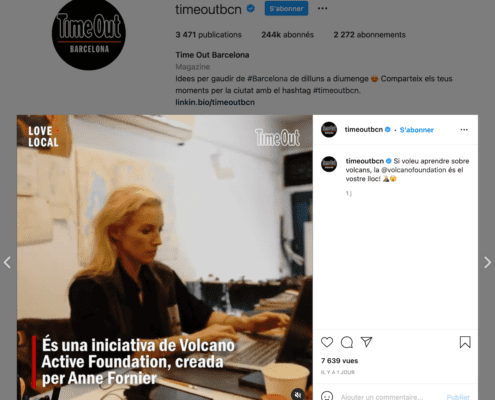 https://volcanofoundation.org/wp-content/uploads/2021/10/volcano-foundation-timeout.png
1200
1402
Anne Fornier
https://volcanofoundation.org/wp-content/uploads/2021/04/volcano-foundation-1-1.png
Anne Fornier2021-10-03 11:04:462021-10-05 16:48:06VOLCANO FOUNDATION IN TIMEOUT BCN
https://volcanofoundation.org/wp-content/uploads/2021/10/volcano-foundation-timeout.png
1200
1402
Anne Fornier
https://volcanofoundation.org/wp-content/uploads/2021/04/volcano-foundation-1-1.png
Anne Fornier2021-10-03 11:04:462021-10-05 16:48:06VOLCANO FOUNDATION IN TIMEOUT BCN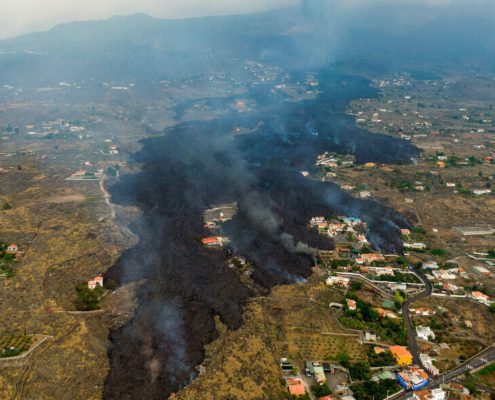 https://volcanofoundation.org/wp-content/uploads/2021/09/la-palma-disaster.jpeg
591
1050
Anne Fornier
https://volcanofoundation.org/wp-content/uploads/2021/04/volcano-foundation-1-1.png
Anne Fornier2021-09-23 08:49:152021-10-05 16:48:16LA PALMA ERUPTION DESTROYING HOUSES, DISPLACING 6 500 PEOPLE
https://volcanofoundation.org/wp-content/uploads/2021/09/la-palma-disaster.jpeg
591
1050
Anne Fornier
https://volcanofoundation.org/wp-content/uploads/2021/04/volcano-foundation-1-1.png
Anne Fornier2021-09-23 08:49:152021-10-05 16:48:16LA PALMA ERUPTION DESTROYING HOUSES, DISPLACING 6 500 PEOPLE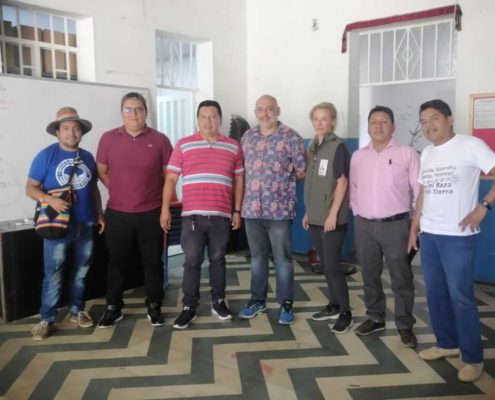 https://volcanofoundation.org/wp-content/uploads/2021/09/IMG-20210903-WA0025.jpg
960
1280
Anne Fornier
https://volcanofoundation.org/wp-content/uploads/2021/04/volcano-foundation-1-1.png
Anne Fornier2021-09-13 14:00:522021-10-05 16:48:40PARTNERSHIP WITH CRIHU ASOCIACIÓN
https://volcanofoundation.org/wp-content/uploads/2021/09/IMG-20210903-WA0025.jpg
960
1280
Anne Fornier
https://volcanofoundation.org/wp-content/uploads/2021/04/volcano-foundation-1-1.png
Anne Fornier2021-09-13 14:00:522021-10-05 16:48:40PARTNERSHIP WITH CRIHU ASOCIACIÓN Volcano Foundation
https://volcanofoundation.org/wp-content/uploads/2021/09/armando-aremero-association.png
1200
1202
Anne Fornier
https://volcanofoundation.org/wp-content/uploads/2021/04/volcano-foundation-1-1.png
Anne Fornier2021-09-06 15:49:202021-10-05 16:48:52WE ARE ASSOCIATED WITH THE ARMANDO ARMERO FOUNDATION
Volcano Foundation
https://volcanofoundation.org/wp-content/uploads/2021/09/armando-aremero-association.png
1200
1202
Anne Fornier
https://volcanofoundation.org/wp-content/uploads/2021/04/volcano-foundation-1-1.png
Anne Fornier2021-09-06 15:49:202021-10-05 16:48:52WE ARE ASSOCIATED WITH THE ARMANDO ARMERO FOUNDATION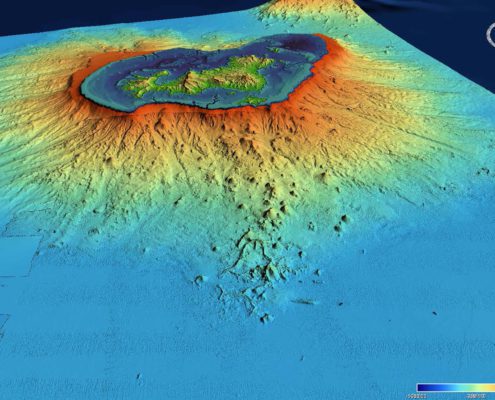 https://volcanofoundation.org/wp-content/uploads/2021/07/actualite-volcan-seismes-mayotte-surveillance-revosima-001.jpeg
1296
1920
Anne Fornier
https://volcanofoundation.org/wp-content/uploads/2021/04/volcano-foundation-1-1.png
Anne Fornier2021-08-23 09:39:582021-10-05 16:49:10A NEW VOLCANO IS EMERGING IN MAYOTTE SINCE MAY 2019
https://volcanofoundation.org/wp-content/uploads/2021/07/actualite-volcan-seismes-mayotte-surveillance-revosima-001.jpeg
1296
1920
Anne Fornier
https://volcanofoundation.org/wp-content/uploads/2021/04/volcano-foundation-1-1.png
Anne Fornier2021-08-23 09:39:582021-10-05 16:49:10A NEW VOLCANO IS EMERGING IN MAYOTTE SINCE MAY 2019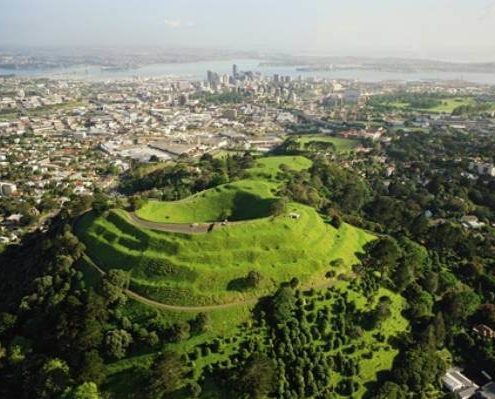 https://volcanofoundation.org/wp-content/uploads/2021/07/1560921535247.jpeg
399
710
Anne Fornier
https://volcanofoundation.org/wp-content/uploads/2021/04/volcano-foundation-1-1.png
Anne Fornier2021-08-09 08:00:322021-10-05 16:49:52TOP 5 OF THE CITIES THAT ARE BUILT ON VOLCANOES.
https://volcanofoundation.org/wp-content/uploads/2021/07/1560921535247.jpeg
399
710
Anne Fornier
https://volcanofoundation.org/wp-content/uploads/2021/04/volcano-foundation-1-1.png
Anne Fornier2021-08-09 08:00:322021-10-05 16:49:52TOP 5 OF THE CITIES THAT ARE BUILT ON VOLCANOES.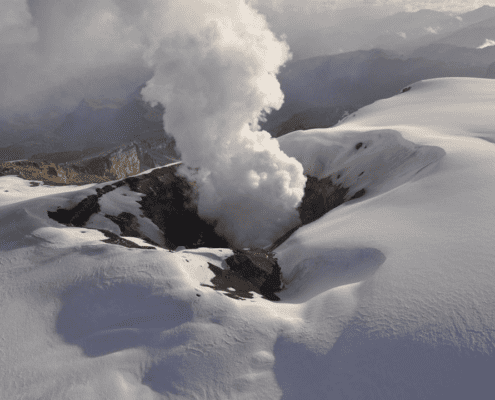 https://volcanofoundation.org/wp-content/uploads/2021/07/fotonoticia_20120701085944_1200.png
720
1200
Anne Fornier
https://volcanofoundation.org/wp-content/uploads/2021/04/volcano-foundation-1-1.png
Anne Fornier2021-08-02 08:00:132021-10-05 16:49:58THREE RECENT DISASTERS THAT COULD HAVE BEEN AVOIDED
https://volcanofoundation.org/wp-content/uploads/2021/07/fotonoticia_20120701085944_1200.png
720
1200
Anne Fornier
https://volcanofoundation.org/wp-content/uploads/2021/04/volcano-foundation-1-1.png
Anne Fornier2021-08-02 08:00:132021-10-05 16:49:58THREE RECENT DISASTERS THAT COULD HAVE BEEN AVOIDED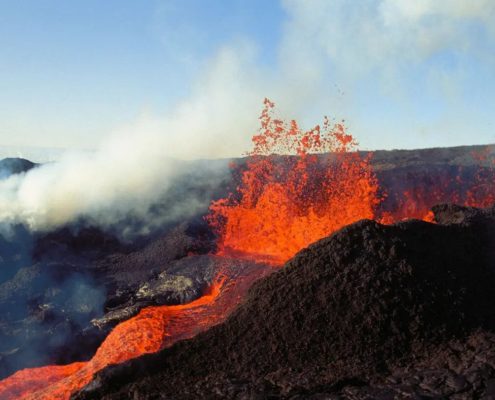 https://volcanofoundation.org/wp-content/uploads/2021/07/Mauna-Loa.jpg-min.jpg
811
1200
Anne Fornier
https://volcanofoundation.org/wp-content/uploads/2021/04/volcano-foundation-1-1.png
Anne Fornier2021-07-27 10:00:012021-10-05 16:50:08THE TWO LARGEST VOLCANIC COMPLEXES IN THE WORLD.
https://volcanofoundation.org/wp-content/uploads/2021/07/Mauna-Loa.jpg-min.jpg
811
1200
Anne Fornier
https://volcanofoundation.org/wp-content/uploads/2021/04/volcano-foundation-1-1.png
Anne Fornier2021-07-27 10:00:012021-10-05 16:50:08THE TWO LARGEST VOLCANIC COMPLEXES IN THE WORLD.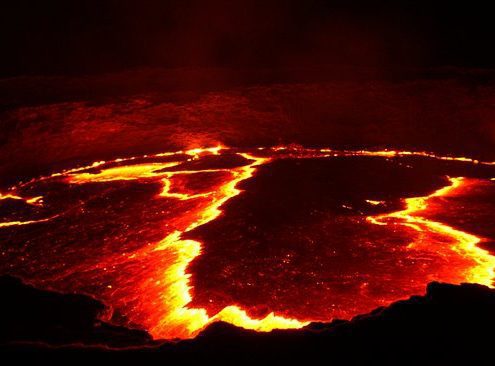 https://volcanofoundation.org/wp-content/uploads/2021/06/erta-ale-min.jpeg
366
550
Anne Fornier
https://volcanofoundation.org/wp-content/uploads/2021/04/volcano-foundation-1-1.png
Anne Fornier2021-07-19 12:45:242021-10-05 19:42:12THE EAST AFRICAN RIFT AND HIS LITHOSPHERIC-SCALE TEAR
https://volcanofoundation.org/wp-content/uploads/2021/06/erta-ale-min.jpeg
366
550
Anne Fornier
https://volcanofoundation.org/wp-content/uploads/2021/04/volcano-foundation-1-1.png
Anne Fornier2021-07-19 12:45:242021-10-05 19:42:12THE EAST AFRICAN RIFT AND HIS LITHOSPHERIC-SCALE TEAR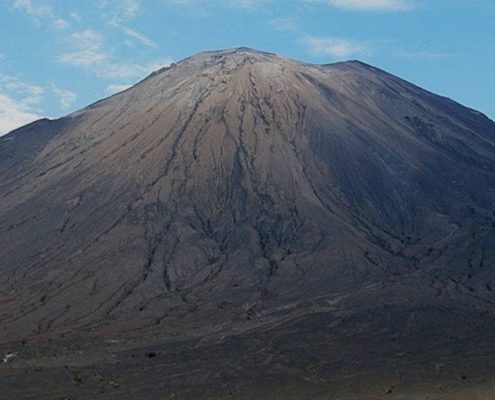 https://volcanofoundation.org/wp-content/uploads/2021/06/4-days-mount-ol-doinyo-lengai-banner-min.jpeg
520
1920
Anne Fornier
https://volcanofoundation.org/wp-content/uploads/2021/04/volcano-foundation-1-1.png
Anne Fornier2021-07-14 10:26:512021-10-05 19:42:26OL DOINYO LENGAI VOLCANO AND THE WHITE LAVA
https://volcanofoundation.org/wp-content/uploads/2021/06/4-days-mount-ol-doinyo-lengai-banner-min.jpeg
520
1920
Anne Fornier
https://volcanofoundation.org/wp-content/uploads/2021/04/volcano-foundation-1-1.png
Anne Fornier2021-07-14 10:26:512021-10-05 19:42:26OL DOINYO LENGAI VOLCANO AND THE WHITE LAVA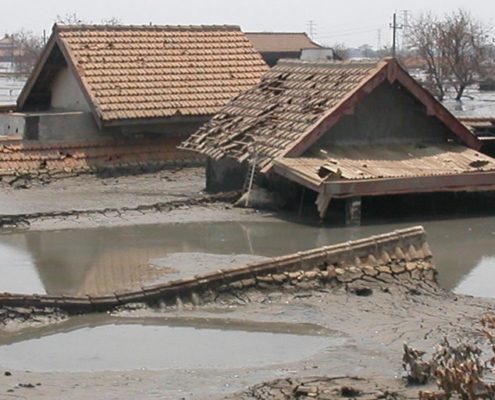 https://volcanofoundation.org/wp-content/uploads/2021/06/Home_sunk_by_mud_flow.jpg
512
1580
Anne Fornier
https://volcanofoundation.org/wp-content/uploads/2021/04/volcano-foundation-1-1.png
Anne Fornier2021-07-12 10:50:042021-10-05 19:42:38A “DRILLING ACCIDENT” TO THE BIRTH OF A MUD VOLCANO
https://volcanofoundation.org/wp-content/uploads/2021/06/Home_sunk_by_mud_flow.jpg
512
1580
Anne Fornier
https://volcanofoundation.org/wp-content/uploads/2021/04/volcano-foundation-1-1.png
Anne Fornier2021-07-12 10:50:042021-10-05 19:42:38A “DRILLING ACCIDENT” TO THE BIRTH OF A MUD VOLCANO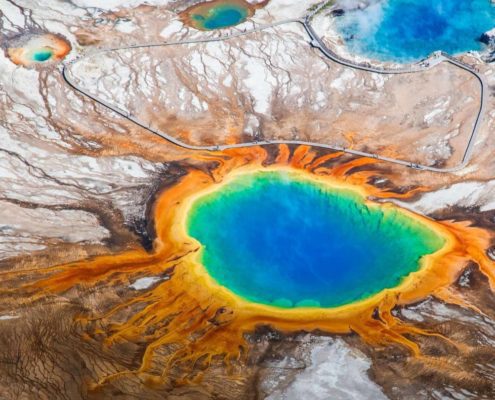 https://volcanofoundation.org/wp-content/uploads/2021/06/best-of-yellowstone-colorful-hot-spring-2-1440x810-min.jpeg
810
1440
Anne Fornier
https://volcanofoundation.org/wp-content/uploads/2021/04/volcano-foundation-1-1.png
Anne Fornier2021-06-30 14:30:212021-10-05 19:42:54WHY ARE THE WARM WATERS OF YELLOWSTONE PARK SO COLORFUL?
https://volcanofoundation.org/wp-content/uploads/2021/06/best-of-yellowstone-colorful-hot-spring-2-1440x810-min.jpeg
810
1440
Anne Fornier
https://volcanofoundation.org/wp-content/uploads/2021/04/volcano-foundation-1-1.png
Anne Fornier2021-06-30 14:30:212021-10-05 19:42:54WHY ARE THE WARM WATERS OF YELLOWSTONE PARK SO COLORFUL?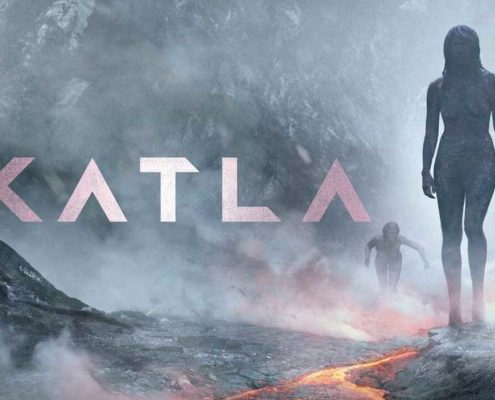 Netflix
https://volcanofoundation.org/wp-content/uploads/2021/06/katla-netflix.jpg
563
1000
Anne Fornier
https://volcanofoundation.org/wp-content/uploads/2021/04/volcano-foundation-1-1.png
Anne Fornier2021-06-28 15:25:042021-10-05 19:43:17FROM THE FICTION TO THE REALITY WITH THE KATLA SERIE
Netflix
https://volcanofoundation.org/wp-content/uploads/2021/06/katla-netflix.jpg
563
1000
Anne Fornier
https://volcanofoundation.org/wp-content/uploads/2021/04/volcano-foundation-1-1.png
Anne Fornier2021-06-28 15:25:042021-10-05 19:43:17FROM THE FICTION TO THE REALITY WITH THE KATLA SERIE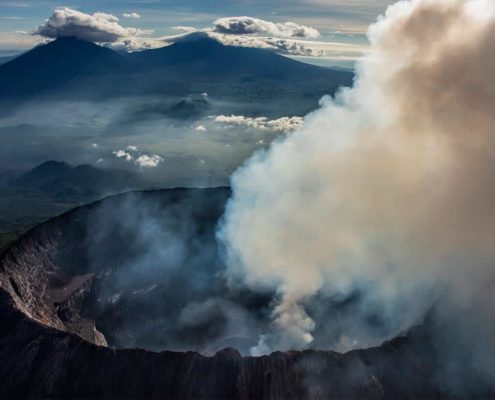 https://volcanofoundation.org/wp-content/uploads/2021/06/Download-4-1.jpeg
828
1440
Anne Fornier
https://volcanofoundation.org/wp-content/uploads/2021/04/volcano-foundation-1-1.png
Anne Fornier2021-06-25 09:45:532021-10-05 19:43:24BIOMONITORING SURVEY AT VIRUNGA VOLCANIC PROVINCE
https://volcanofoundation.org/wp-content/uploads/2021/06/Download-4-1.jpeg
828
1440
Anne Fornier
https://volcanofoundation.org/wp-content/uploads/2021/04/volcano-foundation-1-1.png
Anne Fornier2021-06-25 09:45:532021-10-05 19:43:24BIOMONITORING SURVEY AT VIRUNGA VOLCANIC PROVINCE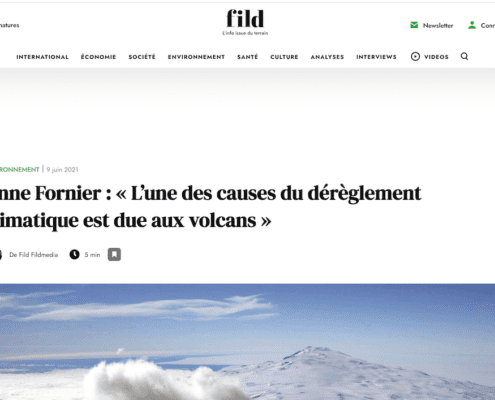 https://volcanofoundation.org/wp-content/uploads/2021/06/fildmedia-volcano-ecology.png
707
1200
Anne Fornier
https://volcanofoundation.org/wp-content/uploads/2021/04/volcano-foundation-1-1.png
Anne Fornier2021-06-09 11:48:462021-10-05 19:43:44ONE OF THE CAUSES OF CLIMATE CHANGE IS DUE TO VOLCANOES
https://volcanofoundation.org/wp-content/uploads/2021/06/fildmedia-volcano-ecology.png
707
1200
Anne Fornier
https://volcanofoundation.org/wp-content/uploads/2021/04/volcano-foundation-1-1.png
Anne Fornier2021-06-09 11:48:462021-10-05 19:43:44ONE OF THE CAUSES OF CLIMATE CHANGE IS DUE TO VOLCANOES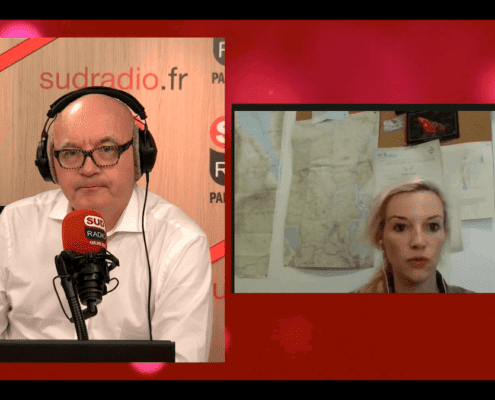 https://volcanofoundation.org/wp-content/uploads/2021/06/volcano-foundation-sud-radio.png
675
1080
Anne Fornier
https://volcanofoundation.org/wp-content/uploads/2021/04/volcano-foundation-1-1.png
Anne Fornier2021-06-05 10:49:482021-10-05 16:53:52INTERVIEW ABOUT GOMA SITUATION “WHAT HAPPENED IN NYIRAGONGO”
https://volcanofoundation.org/wp-content/uploads/2021/06/volcano-foundation-sud-radio.png
675
1080
Anne Fornier
https://volcanofoundation.org/wp-content/uploads/2021/04/volcano-foundation-1-1.png
Anne Fornier2021-06-05 10:49:482021-10-05 16:53:52INTERVIEW ABOUT GOMA SITUATION “WHAT HAPPENED IN NYIRAGONGO”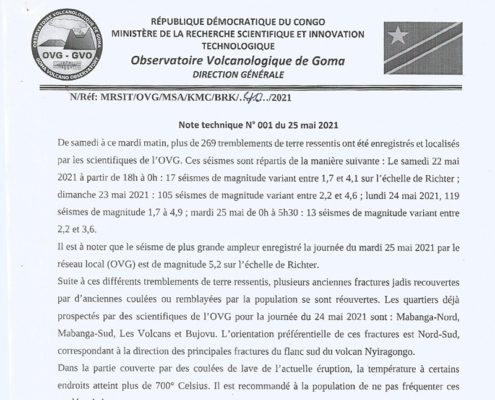 https://volcanofoundation.org/wp-content/uploads/2021/06/Nyiragongo-goma-GVO-technicalnote.jpg
707
800
Anne Fornier
https://volcanofoundation.org/wp-content/uploads/2021/04/volcano-foundation-1-1.png
Anne Fornier2021-06-02 08:42:292021-09-27 16:36:20TECHNICAL NOTE ABOUT NYIRAGONGO VOLCANO IN GOMA
https://volcanofoundation.org/wp-content/uploads/2021/06/Nyiragongo-goma-GVO-technicalnote.jpg
707
800
Anne Fornier
https://volcanofoundation.org/wp-content/uploads/2021/04/volcano-foundation-1-1.png
Anne Fornier2021-06-02 08:42:292021-09-27 16:36:20TECHNICAL NOTE ABOUT NYIRAGONGO VOLCANO IN GOMA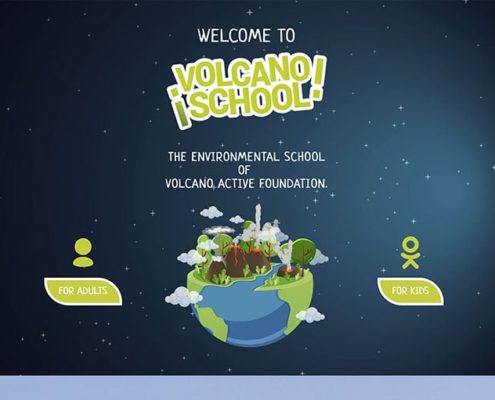 https://volcanofoundation.org/wp-content/uploads/2021/05/Volcano-School-newweb-01.jpg
511
750
Anne Fornier
https://volcanofoundation.org/wp-content/uploads/2021/04/volcano-foundation-1-1.png
Anne Fornier2021-05-22 10:43:562021-09-27 16:36:31WE LAUNCH VOLCANO SCHOOL: AN EDUCATIVE PLATFORM
https://volcanofoundation.org/wp-content/uploads/2021/05/Volcano-School-newweb-01.jpg
511
750
Anne Fornier
https://volcanofoundation.org/wp-content/uploads/2021/04/volcano-foundation-1-1.png
Anne Fornier2021-05-22 10:43:562021-09-27 16:36:31WE LAUNCH VOLCANO SCHOOL: AN EDUCATIVE PLATFORM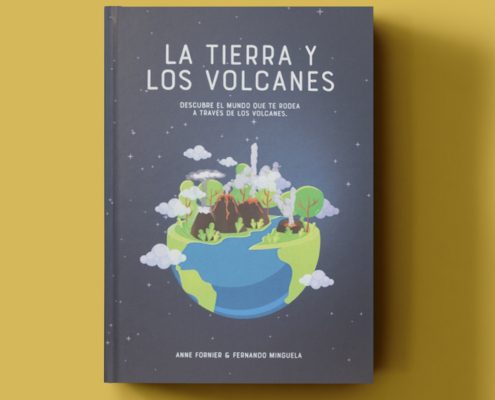 https://volcanofoundation.org/wp-content/uploads/2021/05/Volcano_Libro_Esp.jpg
1080
1080
Anne Fornier
https://volcanofoundation.org/wp-content/uploads/2021/04/volcano-foundation-1-1.png
Anne Fornier2021-05-21 15:11:312021-10-05 19:44:51SANT JORDI’S DAY: LA TIERRA Y LOS VOLCANES
https://volcanofoundation.org/wp-content/uploads/2021/05/Volcano_Libro_Esp.jpg
1080
1080
Anne Fornier
https://volcanofoundation.org/wp-content/uploads/2021/04/volcano-foundation-1-1.png
Anne Fornier2021-05-21 15:11:312021-10-05 19:44:51SANT JORDI’S DAY: LA TIERRA Y LOS VOLCANES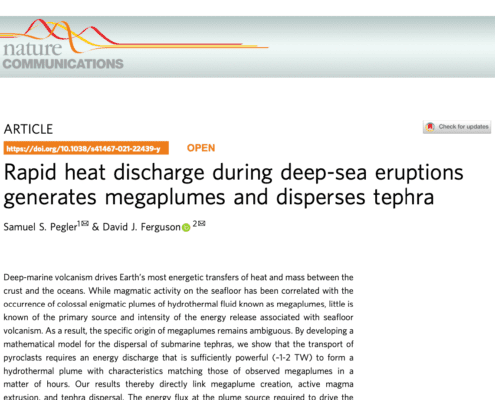 https://volcanofoundation.org/wp-content/uploads/2021/05/deep-sea-article.png
922
1312
Anne Fornier
https://volcanofoundation.org/wp-content/uploads/2021/04/volcano-foundation-1-1.png
Anne Fornier2021-05-20 11:51:232021-09-27 16:37:13THE NEW DISCOVERY ON UNDERWATER ERUPTIONS
https://volcanofoundation.org/wp-content/uploads/2021/05/deep-sea-article.png
922
1312
Anne Fornier
https://volcanofoundation.org/wp-content/uploads/2021/04/volcano-foundation-1-1.png
Anne Fornier2021-05-20 11:51:232021-09-27 16:37:13THE NEW DISCOVERY ON UNDERWATER ERUPTIONS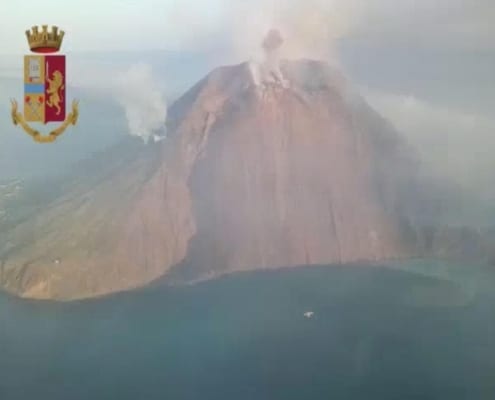 https://volcanofoundation.org/wp-content/uploads/2019/07/ERUPCION-volcan-ESTROMBOLI-volcano-active-foundation-05.jpg
763
1024
Anne Fornier
https://volcanofoundation.org/wp-content/uploads/2021/04/volcano-foundation-1-1.png
Anne Fornier2021-04-26 13:40:472021-09-27 17:09:48ONE DEAD AND ONE INJURED IN STROMBOLI VOLCANO EXPLOSION.
https://volcanofoundation.org/wp-content/uploads/2019/07/ERUPCION-volcan-ESTROMBOLI-volcano-active-foundation-05.jpg
763
1024
Anne Fornier
https://volcanofoundation.org/wp-content/uploads/2021/04/volcano-foundation-1-1.png
Anne Fornier2021-04-26 13:40:472021-09-27 17:09:48ONE DEAD AND ONE INJURED IN STROMBOLI VOLCANO EXPLOSION. https://volcanofoundation.org/wp-content/uploads/2021/06/volcano-foundation-timeout.png
1350
2000
Anne Fornier
https://volcanofoundation.org/wp-content/uploads/2021/04/volcano-foundation-1-1.png
Anne Fornier2021-04-23 17:05:372021-09-27 17:14:50THE VOLCANO FOUNDATION IS NOW IN TIMEOUT!
https://volcanofoundation.org/wp-content/uploads/2021/06/volcano-foundation-timeout.png
1350
2000
Anne Fornier
https://volcanofoundation.org/wp-content/uploads/2021/04/volcano-foundation-1-1.png
Anne Fornier2021-04-23 17:05:372021-09-27 17:14:50THE VOLCANO FOUNDATION IS NOW IN TIMEOUT!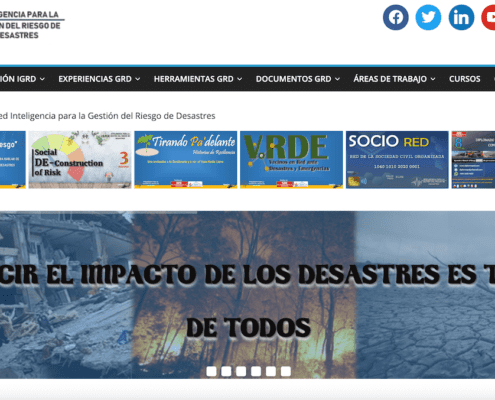 https://volcanofoundation.org/wp-content/uploads/2021/04/web-igrd.png
677
1200
Anne Fornier
https://volcanofoundation.org/wp-content/uploads/2021/04/volcano-foundation-1-1.png
Anne Fornier2021-04-14 08:43:222021-09-27 17:15:02VOLCANO ACTIVE FOUNDATION IS NOW ASSOCIATED WITH THE IGRD.
https://volcanofoundation.org/wp-content/uploads/2021/04/web-igrd.png
677
1200
Anne Fornier
https://volcanofoundation.org/wp-content/uploads/2021/04/volcano-foundation-1-1.png
Anne Fornier2021-04-14 08:43:222021-09-27 17:15:02VOLCANO ACTIVE FOUNDATION IS NOW ASSOCIATED WITH THE IGRD.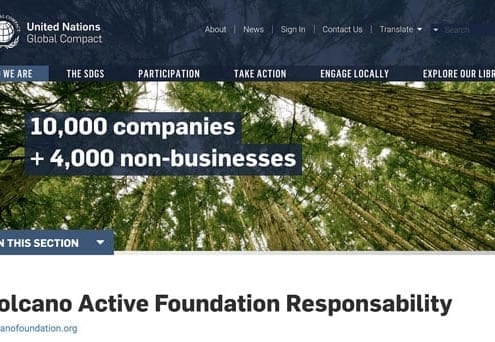 https://volcanofoundation.org/wp-content/uploads/2021/04/global-compact-volcano-foundation-min.jpg
342
600
Anne Fornier
https://volcanofoundation.org/wp-content/uploads/2021/04/volcano-foundation-1-1.png
Anne Fornier2021-04-12 17:08:042021-09-27 17:15:17WE JOIN THE UNITED NATIONS GLOBAL COMPACT
https://volcanofoundation.org/wp-content/uploads/2021/04/global-compact-volcano-foundation-min.jpg
342
600
Anne Fornier
https://volcanofoundation.org/wp-content/uploads/2021/04/volcano-foundation-1-1.png
Anne Fornier2021-04-12 17:08:042021-09-27 17:15:17WE JOIN THE UNITED NATIONS GLOBAL COMPACT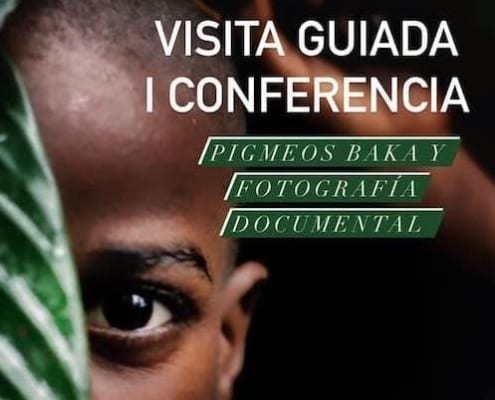 https://volcanofoundation.org/wp-content/uploads/2021/04/quim-fabrega-event-preview-497x423-1.jpeg
423
497
Anne Fornier
https://volcanofoundation.org/wp-content/uploads/2021/04/volcano-foundation-1-1.png
Anne Fornier2021-04-08 16:41:192021-09-27 17:15:32EXPOSITION PIGMEOS BAKA-QUIM FÀBREGA
https://volcanofoundation.org/wp-content/uploads/2021/04/quim-fabrega-event-preview-497x423-1.jpeg
423
497
Anne Fornier
https://volcanofoundation.org/wp-content/uploads/2021/04/volcano-foundation-1-1.png
Anne Fornier2021-04-08 16:41:192021-09-27 17:15:32EXPOSITION PIGMEOS BAKA-QUIM FÀBREGA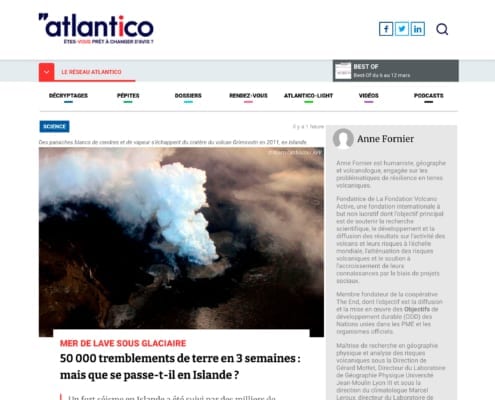 https://volcanofoundation.org/wp-content/uploads/2021/03/atlantico-articulo-anne2.jpg
1831
2262
Anne Fornier
https://volcanofoundation.org/wp-content/uploads/2021/04/volcano-foundation-1-1.png
Anne Fornier2021-03-24 11:21:032021-09-27 17:15:45ANNE FORNIER REAPPEARS IN ATLANTICO
https://volcanofoundation.org/wp-content/uploads/2021/03/atlantico-articulo-anne2.jpg
1831
2262
Anne Fornier
https://volcanofoundation.org/wp-content/uploads/2021/04/volcano-foundation-1-1.png
Anne Fornier2021-03-24 11:21:032021-09-27 17:15:45ANNE FORNIER REAPPEARS IN ATLANTICO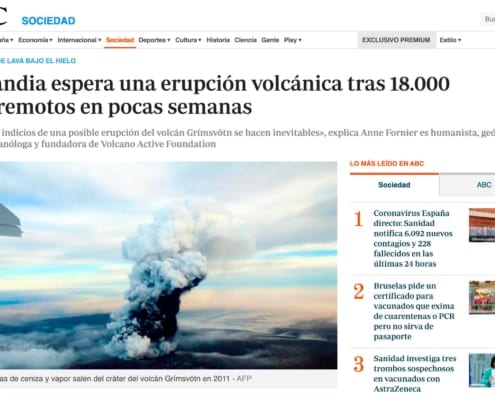 https://volcanofoundation.org/wp-content/uploads/2021/03/articulo-anne-abc.jpg
1343
2021
Anne Fornier
https://volcanofoundation.org/wp-content/uploads/2021/04/volcano-foundation-1-1.png
Anne Fornier2021-03-24 10:51:132021-09-27 17:16:00ARTICLE OF ANNE FORNIER IN ABC ABOUT VOLCANIC ERUPTION
https://volcanofoundation.org/wp-content/uploads/2021/03/articulo-anne-abc.jpg
1343
2021
Anne Fornier
https://volcanofoundation.org/wp-content/uploads/2021/04/volcano-foundation-1-1.png
Anne Fornier2021-03-24 10:51:132021-09-27 17:16:00ARTICLE OF ANNE FORNIER IN ABC ABOUT VOLCANIC ERUPTION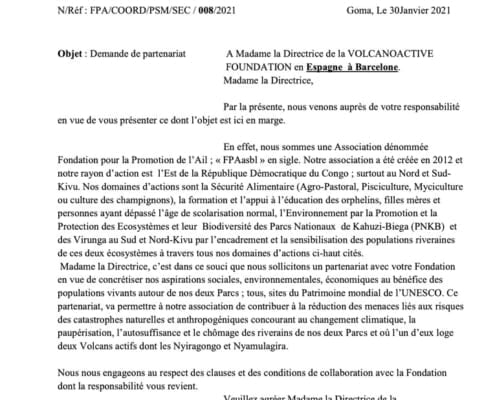
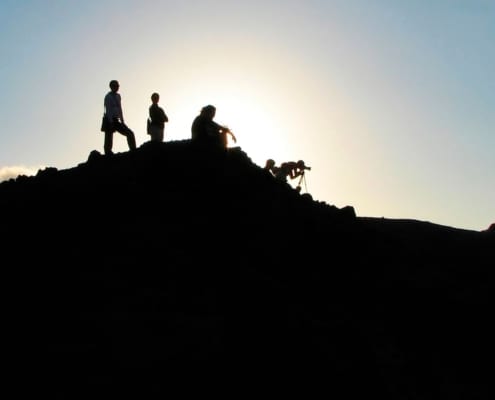 https://volcanofoundation.org/wp-content/uploads/2021/02/volcano-foundation-press.jpg
1200
1920
Anne Fornier
https://volcanofoundation.org/wp-content/uploads/2021/04/volcano-foundation-1-1.png
Anne Fornier2021-02-07 15:06:342021-09-27 17:16:49COMMUNICATION DURING A VOLCANIC CRISIS
https://volcanofoundation.org/wp-content/uploads/2021/02/volcano-foundation-press.jpg
1200
1920
Anne Fornier
https://volcanofoundation.org/wp-content/uploads/2021/04/volcano-foundation-1-1.png
Anne Fornier2021-02-07 15:06:342021-09-27 17:16:49COMMUNICATION DURING A VOLCANIC CRISIS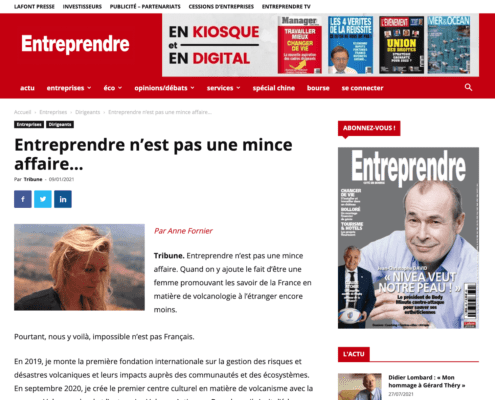 Entreprendre.fr
https://volcanofoundation.org/wp-content/uploads/2021/06/anne-fornier-entreprendre.png
1182
1500
Anne Fornier
https://volcanofoundation.org/wp-content/uploads/2021/04/volcano-foundation-1-1.png
Anne Fornier2021-01-09 15:31:042021-09-27 17:17:31ENTREPRENEURSHIP IS NOT AN EASY TASK….
Entreprendre.fr
https://volcanofoundation.org/wp-content/uploads/2021/06/anne-fornier-entreprendre.png
1182
1500
Anne Fornier
https://volcanofoundation.org/wp-content/uploads/2021/04/volcano-foundation-1-1.png
Anne Fornier2021-01-09 15:31:042021-09-27 17:17:31ENTREPRENEURSHIP IS NOT AN EASY TASK….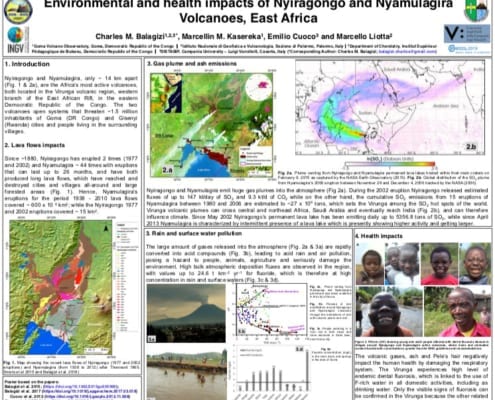 https://volcanofoundation.org/wp-content/uploads/2020/11/charles-balagizi-Environmental-and-health-impacts-of-Nyiragongo-and-Nyamulagira-Volcanoes-East-Africa.jpg
628
746
Anne Fornier
https://volcanofoundation.org/wp-content/uploads/2021/04/volcano-foundation-1-1.png
Anne Fornier2020-11-26 11:50:362021-09-27 17:17:49ENVIRONMENTAL & HEALTH IMPACTS OF NYIRAGONGO & NYAMULAGRIA
https://volcanofoundation.org/wp-content/uploads/2020/11/charles-balagizi-Environmental-and-health-impacts-of-Nyiragongo-and-Nyamulagira-Volcanoes-East-Africa.jpg
628
746
Anne Fornier
https://volcanofoundation.org/wp-content/uploads/2021/04/volcano-foundation-1-1.png
Anne Fornier2020-11-26 11:50:362021-09-27 17:17:49ENVIRONMENTAL & HEALTH IMPACTS OF NYIRAGONGO & NYAMULAGRIA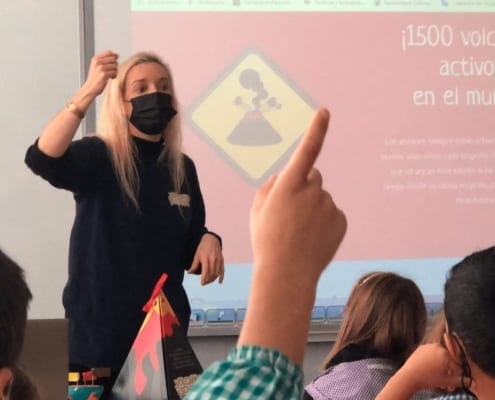 https://volcanofoundation.org/wp-content/uploads/2020/11/Anne-Fornier-Volcano-School-1.jpg
1242
2208
Anne Fornier
https://volcanofoundation.org/wp-content/uploads/2021/04/volcano-foundation-1-1.png
Anne Fornier2020-11-10 16:21:042021-09-27 17:18:39VOLCANO SCHOOL IN THE JOAN PELEGRÍ SCHOOL
https://volcanofoundation.org/wp-content/uploads/2020/11/Anne-Fornier-Volcano-School-1.jpg
1242
2208
Anne Fornier
https://volcanofoundation.org/wp-content/uploads/2021/04/volcano-foundation-1-1.png
Anne Fornier2020-11-10 16:21:042021-09-27 17:18:39VOLCANO SCHOOL IN THE JOAN PELEGRÍ SCHOOL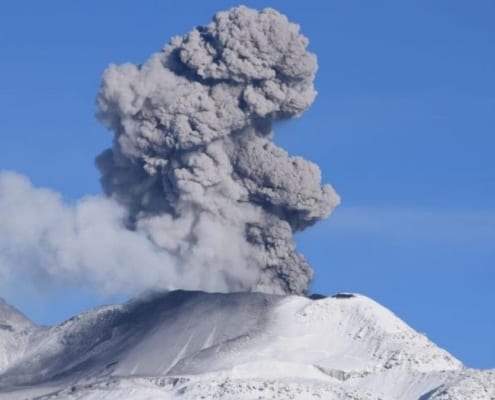 https://volcanofoundation.org/wp-content/uploads/2019/08/volcán-sabancaya.jpeg
697
1214
Anne Fornier
https://volcanofoundation.org/wp-content/uploads/2021/04/volcano-foundation-1-1.png
Anne Fornier2020-10-13 15:16:192021-09-27 17:18:51KEEP AN EYE ON VOLCANIC ACTIVITIES
https://volcanofoundation.org/wp-content/uploads/2019/08/volcán-sabancaya.jpeg
697
1214
Anne Fornier
https://volcanofoundation.org/wp-content/uploads/2021/04/volcano-foundation-1-1.png
Anne Fornier2020-10-13 15:16:192021-09-27 17:18:51KEEP AN EYE ON VOLCANIC ACTIVITIES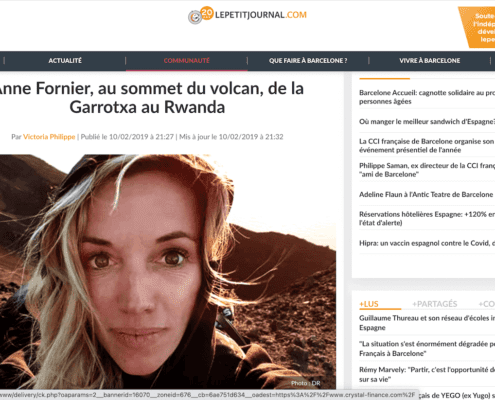 https://volcanofoundation.org/wp-content/uploads/2020/09/why-volcano-foundation-lepetitjournal.png
823
1500
Anne Fornier
https://volcanofoundation.org/wp-content/uploads/2021/04/volcano-foundation-1-1.png
Anne Fornier2020-09-29 16:07:382021-09-27 17:19:01WHY DOES THE VOLCANO ACTIVE FOUNDATION EXIST?
https://volcanofoundation.org/wp-content/uploads/2020/09/why-volcano-foundation-lepetitjournal.png
823
1500
Anne Fornier
https://volcanofoundation.org/wp-content/uploads/2021/04/volcano-foundation-1-1.png
Anne Fornier2020-09-29 16:07:382021-09-27 17:19:01WHY DOES THE VOLCANO ACTIVE FOUNDATION EXIST?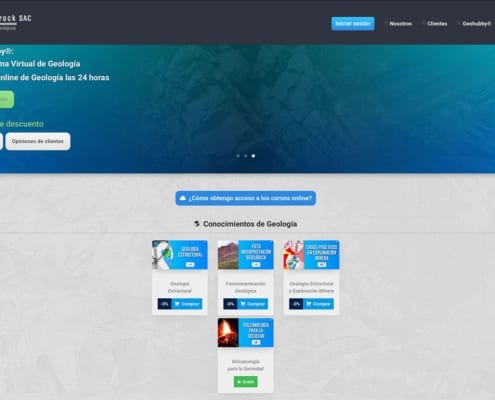 https://volcanofoundation.org/wp-content/uploads/2020/04/Volcanologia-para-la-sociedad.jpg
897
1671
Anne Fornier
https://volcanofoundation.org/wp-content/uploads/2021/04/volcano-foundation-1-1.png
Anne Fornier2020-04-06 09:00:172021-09-27 17:19:12VOLCANOLOGY FOR SOCIETY
https://volcanofoundation.org/wp-content/uploads/2020/04/Volcanologia-para-la-sociedad.jpg
897
1671
Anne Fornier
https://volcanofoundation.org/wp-content/uploads/2021/04/volcano-foundation-1-1.png
Anne Fornier2020-04-06 09:00:172021-09-27 17:19:12VOLCANOLOGY FOR SOCIETY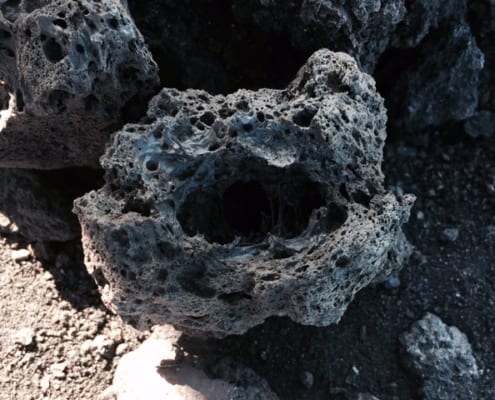 https://volcanofoundation.org/wp-content/uploads/2020/02/FullSizeRender.jpeg
480
600
Anne Fornier
https://volcanofoundation.org/wp-content/uploads/2021/04/volcano-foundation-1-1.png
Anne Fornier2020-02-28 14:10:352021-09-27 17:19:23GEOASTROLAB -LABORATORY OF GEOSCIENCE & ASTRONOMY PROJECT
https://volcanofoundation.org/wp-content/uploads/2020/02/FullSizeRender.jpeg
480
600
Anne Fornier
https://volcanofoundation.org/wp-content/uploads/2021/04/volcano-foundation-1-1.png
Anne Fornier2020-02-28 14:10:352021-09-27 17:19:23GEOASTROLAB -LABORATORY OF GEOSCIENCE & ASTRONOMY PROJECT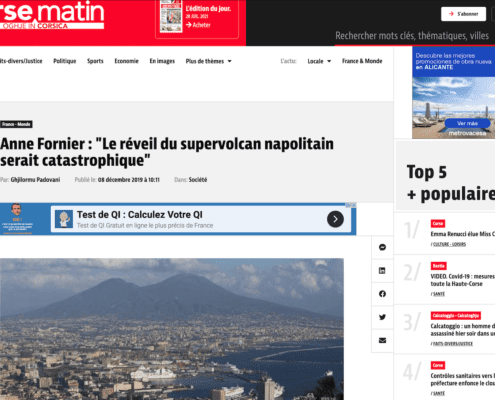 https://volcanofoundation.org/wp-content/uploads/2021/07/volcano-foundation-corse-matin.png
1009
1500
Anne Fornier
https://volcanofoundation.org/wp-content/uploads/2021/04/volcano-foundation-1-1.png
Anne Fornier2019-12-08 12:32:012021-09-27 17:19:33THE AWAKENING OF THE NEAPOLITAN SUPERVOLCANO WOULD BE A CATASTROPHE
https://volcanofoundation.org/wp-content/uploads/2021/07/volcano-foundation-corse-matin.png
1009
1500
Anne Fornier
https://volcanofoundation.org/wp-content/uploads/2021/04/volcano-foundation-1-1.png
Anne Fornier2019-12-08 12:32:012021-09-27 17:19:33THE AWAKENING OF THE NEAPOLITAN SUPERVOLCANO WOULD BE A CATASTROPHE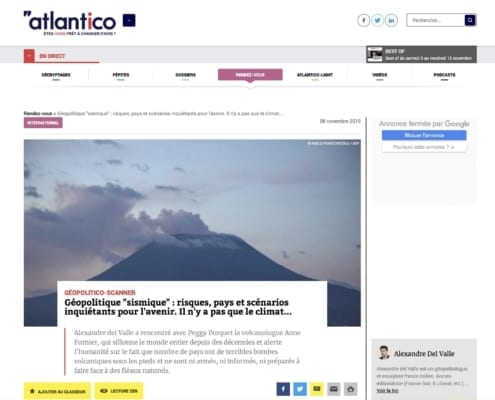 https://volcanofoundation.org/wp-content/uploads/2019/11/anne-fornier-en-atlantico-1-2-scaled.jpg
1528
2560
Anne Fornier
https://volcanofoundation.org/wp-content/uploads/2021/04/volcano-foundation-1-1.png
Anne Fornier2019-11-18 16:22:482021-09-27 17:19:46INTERVIEW OF ALEXANDRE DEL VALLE TO ANNE FORNIER
https://volcanofoundation.org/wp-content/uploads/2019/11/anne-fornier-en-atlantico-1-2-scaled.jpg
1528
2560
Anne Fornier
https://volcanofoundation.org/wp-content/uploads/2021/04/volcano-foundation-1-1.png
Anne Fornier2019-11-18 16:22:482021-09-27 17:19:46INTERVIEW OF ALEXANDRE DEL VALLE TO ANNE FORNIER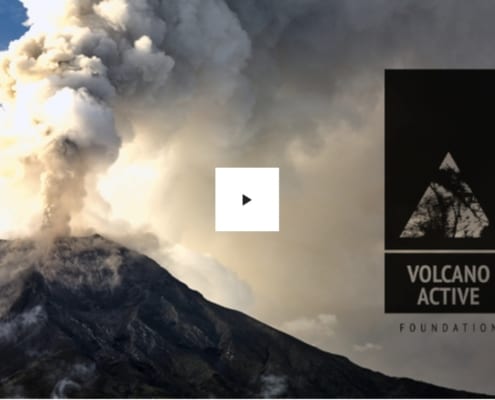 https://volcanofoundation.org/wp-content/uploads/2019/10/crowdfounding-volcano-active-foundation.jpg
754
1246
Anne Fornier
https://volcanofoundation.org/wp-content/uploads/2021/04/volcano-foundation-1-1.png
Anne Fornier2019-11-12 15:08:322021-09-27 17:20:09SERIES OF DOCUMENTARIES TO EDUCATE THE WORLD
https://volcanofoundation.org/wp-content/uploads/2019/10/crowdfounding-volcano-active-foundation.jpg
754
1246
Anne Fornier
https://volcanofoundation.org/wp-content/uploads/2021/04/volcano-foundation-1-1.png
Anne Fornier2019-11-12 15:08:322021-09-27 17:20:09SERIES OF DOCUMENTARIES TO EDUCATE THE WORLD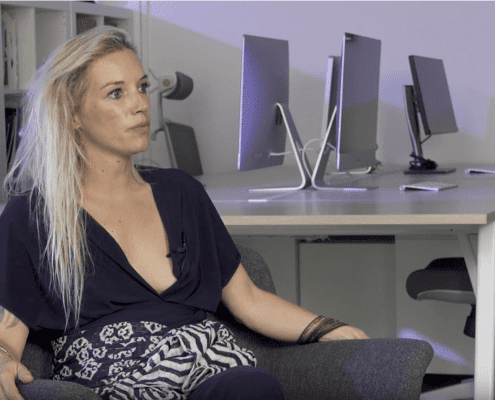 https://volcanofoundation.org/wp-content/uploads/2019/09/Captura-de-pantalla-2019-09-09-a-las-16.31.13.png
1188
2244
Anne Fornier
https://volcanofoundation.org/wp-content/uploads/2021/04/volcano-foundation-1-1.png
Anne Fornier2019-09-09 15:00:002021-09-27 17:20:23INTERVIEW WITH ANNE FORNIER ON JET8
https://volcanofoundation.org/wp-content/uploads/2019/09/Captura-de-pantalla-2019-09-09-a-las-16.31.13.png
1188
2244
Anne Fornier
https://volcanofoundation.org/wp-content/uploads/2021/04/volcano-foundation-1-1.png
Anne Fornier2019-09-09 15:00:002021-09-27 17:20:23INTERVIEW WITH ANNE FORNIER ON JET8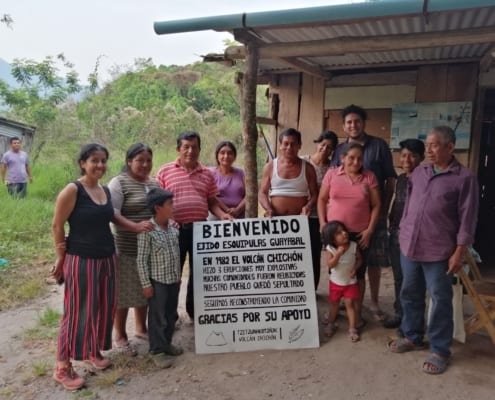 https://volcanofoundation.org/wp-content/uploads/2019/06/IMG_20190520_1859561-e1568884622975.jpg
1485
1980
Anne Fornier
https://volcanofoundation.org/wp-content/uploads/2021/04/volcano-foundation-1-1.png
Anne Fornier2019-09-09 14:24:052021-09-27 17:21:07THE FOUNDATION IN MEXICO
https://volcanofoundation.org/wp-content/uploads/2019/06/IMG_20190520_1859561-e1568884622975.jpg
1485
1980
Anne Fornier
https://volcanofoundation.org/wp-content/uploads/2021/04/volcano-foundation-1-1.png
Anne Fornier2019-09-09 14:24:052021-09-27 17:21:07THE FOUNDATION IN MEXICO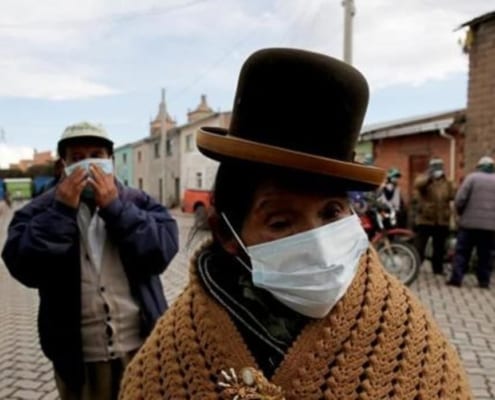 https://volcanofoundation.org/wp-content/uploads/2019/07/volcan-ubinas-kDzD-1240x698@abc.jpg
698
1240
Anne Fornier
https://volcanofoundation.org/wp-content/uploads/2021/04/volcano-foundation-1-1.png
Anne Fornier2019-08-22 08:32:462021-09-27 17:22:08HOW DOES A VOLCANIC ERUPTION AFFECT YOU?
https://volcanofoundation.org/wp-content/uploads/2019/07/volcan-ubinas-kDzD-1240x698@abc.jpg
698
1240
Anne Fornier
https://volcanofoundation.org/wp-content/uploads/2021/04/volcano-foundation-1-1.png
Anne Fornier2019-08-22 08:32:462021-09-27 17:22:08HOW DOES A VOLCANIC ERUPTION AFFECT YOU?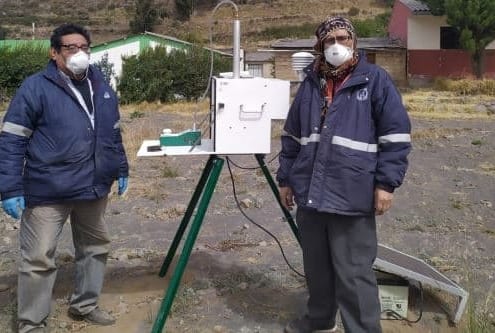 https://volcanofoundation.org/wp-content/uploads/2019/08/000608291M.jpg
333
500
Anne Fornier
https://volcanofoundation.org/wp-content/uploads/2021/04/volcano-foundation-1-1.png
Anne Fornier2019-08-06 11:19:122021-09-27 17:22:19WORRYING SITUATION OF THE UBINAS VOLCANO
https://volcanofoundation.org/wp-content/uploads/2019/08/000608291M.jpg
333
500
Anne Fornier
https://volcanofoundation.org/wp-content/uploads/2021/04/volcano-foundation-1-1.png
Anne Fornier2019-08-06 11:19:122021-09-27 17:22:19WORRYING SITUATION OF THE UBINAS VOLCANO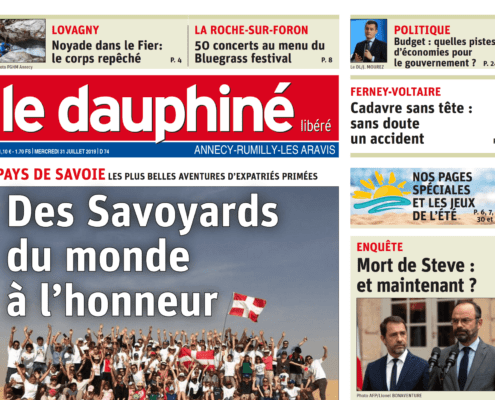 https://volcanofoundation.org/wp-content/uploads/2019/08/fundacion-en-le-dauphine.png
1466
1980
Anne Fornier
https://volcanofoundation.org/wp-content/uploads/2021/04/volcano-foundation-1-1.png
Anne Fornier2019-08-05 15:16:332021-09-27 17:22:30THE FOUNDATION IN LE DAUPHINÉ LIBÉRÉ
https://volcanofoundation.org/wp-content/uploads/2019/08/fundacion-en-le-dauphine.png
1466
1980
Anne Fornier
https://volcanofoundation.org/wp-content/uploads/2021/04/volcano-foundation-1-1.png
Anne Fornier2019-08-05 15:16:332021-09-27 17:22:30THE FOUNDATION IN LE DAUPHINÉ LIBÉRÉ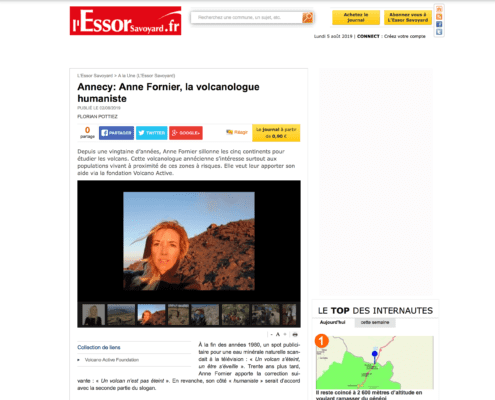 https://volcanofoundation.org/wp-content/uploads/2019/08/Captura-de-pantalla-2019-08-05-a-las-16.16.04.png
2112
2626
Anne Fornier
https://volcanofoundation.org/wp-content/uploads/2021/04/volcano-foundation-1-1.png
Anne Fornier2019-08-05 14:33:232021-09-27 17:22:41THE FOUNDATION AT LESSOR SAVOYARD
https://volcanofoundation.org/wp-content/uploads/2019/08/Captura-de-pantalla-2019-08-05-a-las-16.16.04.png
2112
2626
Anne Fornier
https://volcanofoundation.org/wp-content/uploads/2021/04/volcano-foundation-1-1.png
Anne Fornier2019-08-05 14:33:232021-09-27 17:22:41THE FOUNDATION AT LESSOR SAVOYARD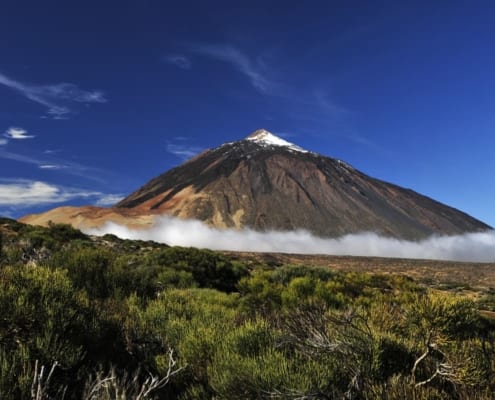 https://volcanofoundation.org/wp-content/uploads/2019/06/TEIDE3.jpg
800
1200
Anne Fornier
https://volcanofoundation.org/wp-content/uploads/2021/04/volcano-foundation-1-1.png
Anne Fornier2019-06-11 15:34:472021-09-27 17:22:58EL TEIDE IS PART OF AN ACTIVE VOLCANIC SYSTEM
https://volcanofoundation.org/wp-content/uploads/2019/06/TEIDE3.jpg
800
1200
Anne Fornier
https://volcanofoundation.org/wp-content/uploads/2021/04/volcano-foundation-1-1.png
Anne Fornier2019-06-11 15:34:472021-09-27 17:22:58EL TEIDE IS PART OF AN ACTIVE VOLCANIC SYSTEM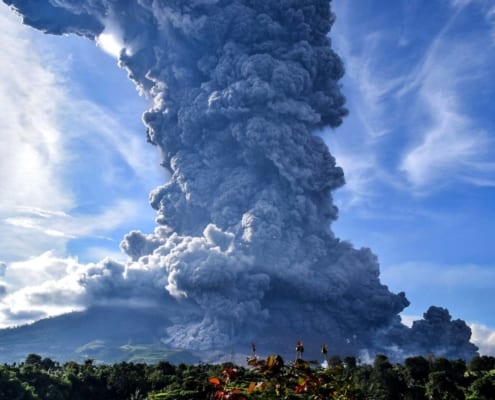 https://volcanofoundation.org/wp-content/uploads/2019/06/indonesia-volcano-active-1.jpg
1531
2041
Anne Fornier
https://volcanofoundation.org/wp-content/uploads/2021/04/volcano-foundation-1-1.png
Anne Fornier2019-06-11 08:27:342021-09-27 17:23:10SINABUNG ERUPTS
https://volcanofoundation.org/wp-content/uploads/2019/06/indonesia-volcano-active-1.jpg
1531
2041
Anne Fornier
https://volcanofoundation.org/wp-content/uploads/2021/04/volcano-foundation-1-1.png
Anne Fornier2019-06-11 08:27:342021-09-27 17:23:10SINABUNG ERUPTS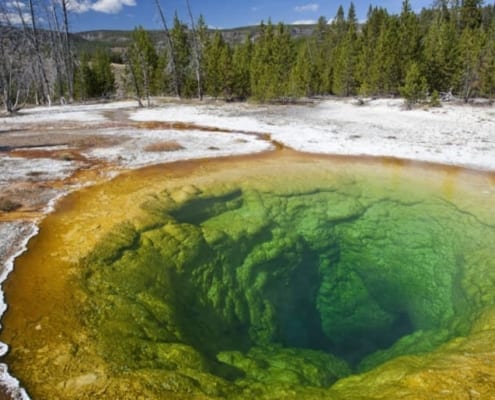 https://volcanofoundation.org/wp-content/uploads/2019/06/yellowstone-volcan-.jpg
515
1030
Anne Fornier
https://volcanofoundation.org/wp-content/uploads/2021/04/volcano-foundation-1-1.png
Anne Fornier2019-06-04 14:55:072021-09-27 17:23:30YELLOWSTONE ERUPTION COULD CAUSE THE END OF HUMANITY
https://volcanofoundation.org/wp-content/uploads/2019/06/yellowstone-volcan-.jpg
515
1030
Anne Fornier
https://volcanofoundation.org/wp-content/uploads/2021/04/volcano-foundation-1-1.png
Anne Fornier2019-06-04 14:55:072021-09-27 17:23:30YELLOWSTONE ERUPTION COULD CAUSE THE END OF HUMANITY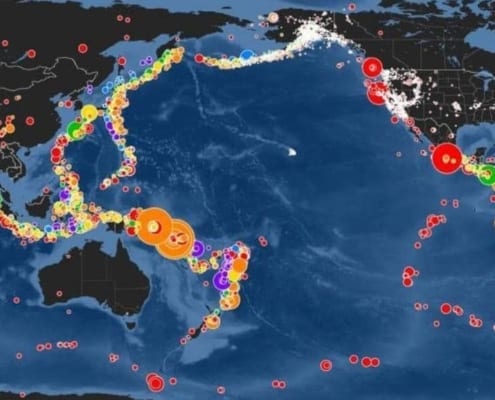 https://volcanofoundation.org/wp-content/uploads/2019/05/0.1-1.jpeg
578
1366
Anne Fornier
https://volcanofoundation.org/wp-content/uploads/2021/04/volcano-foundation-1-1.png
Anne Fornier2019-05-27 16:05:142021-09-27 17:23:41WHEN THE EARTH AWAKENS ITS BELT OF FIRE
https://volcanofoundation.org/wp-content/uploads/2019/05/0.1-1.jpeg
578
1366
Anne Fornier
https://volcanofoundation.org/wp-content/uploads/2021/04/volcano-foundation-1-1.png
Anne Fornier2019-05-27 16:05:142021-09-27 17:23:41WHEN THE EARTH AWAKENS ITS BELT OF FIRE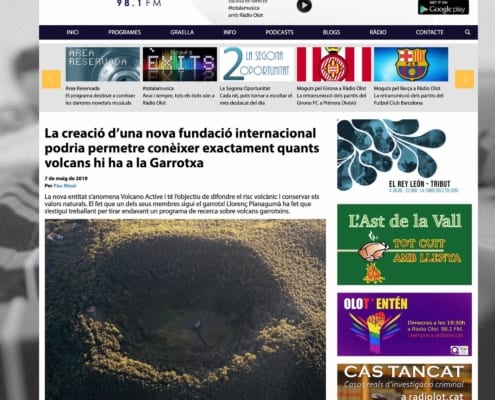 https://volcanofoundation.org/wp-content/uploads/2019/05/Captura-de-pantalla-2019-05-07-a-las-17.33.54-e1568884781610.jpg
1848
1980
Anne Fornier
https://volcanofoundation.org/wp-content/uploads/2021/04/volcano-foundation-1-1.png
Anne Fornier2019-05-07 16:01:022021-09-27 17:23:53THE FOUNDATION on RADIO OLOT
https://volcanofoundation.org/wp-content/uploads/2019/05/Captura-de-pantalla-2019-05-07-a-las-17.33.54-e1568884781610.jpg
1848
1980
Anne Fornier
https://volcanofoundation.org/wp-content/uploads/2021/04/volcano-foundation-1-1.png
Anne Fornier2019-05-07 16:01:022021-09-27 17:23:53THE FOUNDATION on RADIO OLOT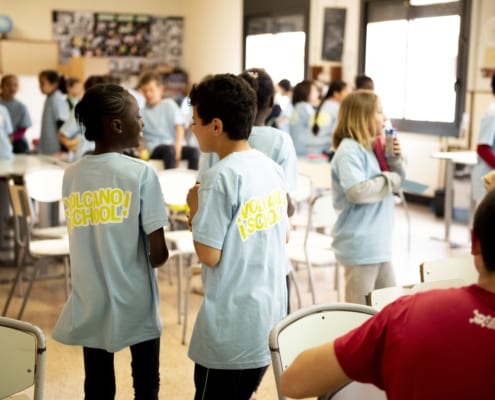 https://volcanofoundation.org/wp-content/uploads/2019/05/DSC6226-scaled.jpg
1709
2560
Anne Fornier
https://volcanofoundation.org/wp-content/uploads/2021/04/volcano-foundation-1-1.png
Anne Fornier2019-05-02 10:51:282021-09-27 17:24:03VOLCANO SCHOOL IN OLOT
https://volcanofoundation.org/wp-content/uploads/2019/05/DSC6226-scaled.jpg
1709
2560
Anne Fornier
https://volcanofoundation.org/wp-content/uploads/2021/04/volcano-foundation-1-1.png
Anne Fornier2019-05-02 10:51:282021-09-27 17:24:03VOLCANO SCHOOL IN OLOT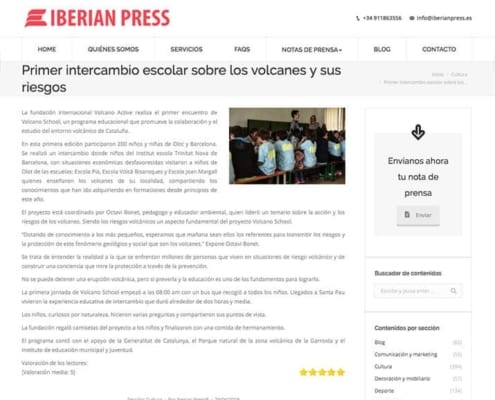 https://volcanofoundation.org/wp-content/uploads/2019/05/iberianpress.jpg
628
715
Anne Fornier
https://volcanofoundation.org/wp-content/uploads/2021/04/volcano-foundation-1-1.png
Anne Fornier2019-05-02 08:14:052021-09-27 17:24:18THE FOUNDATION AND VOLCANO SCHOOL AT IBERIAN PRESS
https://volcanofoundation.org/wp-content/uploads/2019/05/iberianpress.jpg
628
715
Anne Fornier
https://volcanofoundation.org/wp-content/uploads/2021/04/volcano-foundation-1-1.png
Anne Fornier2019-05-02 08:14:052021-09-27 17:24:18THE FOUNDATION AND VOLCANO SCHOOL AT IBERIAN PRESS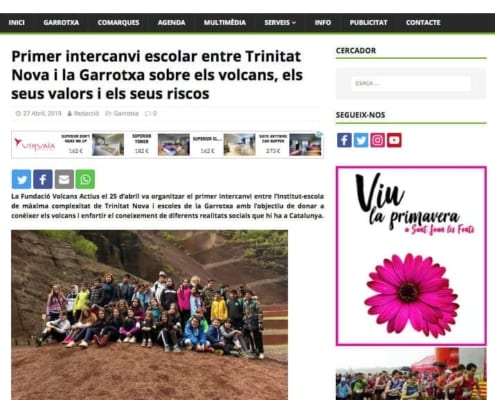 https://volcanofoundation.org/wp-content/uploads/2019/05/elgarrotxi.jpg
739
715
Anne Fornier
https://volcanofoundation.org/wp-content/uploads/2021/04/volcano-foundation-1-1.png
Anne Fornier2019-05-02 08:00:432021-09-27 17:25:13THE FOUNDATION and VOLCANO SCHOOL AT THE GARROTXI
https://volcanofoundation.org/wp-content/uploads/2019/05/elgarrotxi.jpg
739
715
Anne Fornier
https://volcanofoundation.org/wp-content/uploads/2021/04/volcano-foundation-1-1.png
Anne Fornier2019-05-02 08:00:432021-09-27 17:25:13THE FOUNDATION and VOLCANO SCHOOL AT THE GARROTXI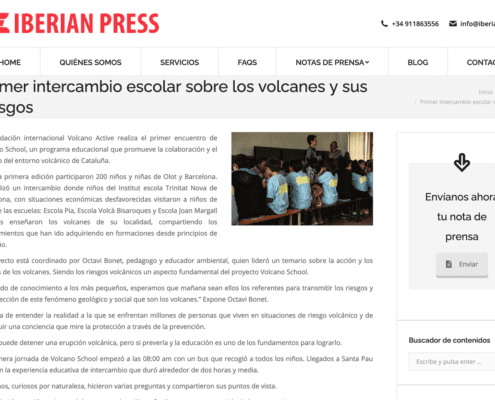 Iberian Press
https://volcanofoundation.org/wp-content/uploads/2021/07/volcanoschool-iberianpress.png
1028
1500
Anne Fornier
https://volcanofoundation.org/wp-content/uploads/2021/04/volcano-foundation-1-1.png
Anne Fornier2019-04-29 12:10:492021-09-27 17:25:54FIRST SCHOOL EXCHANGE ON VOLCANOES AND THEIR HAZARDS
Iberian Press
https://volcanofoundation.org/wp-content/uploads/2021/07/volcanoschool-iberianpress.png
1028
1500
Anne Fornier
https://volcanofoundation.org/wp-content/uploads/2021/04/volcano-foundation-1-1.png
Anne Fornier2019-04-29 12:10:492021-09-27 17:25:54FIRST SCHOOL EXCHANGE ON VOLCANOES AND THEIR HAZARDS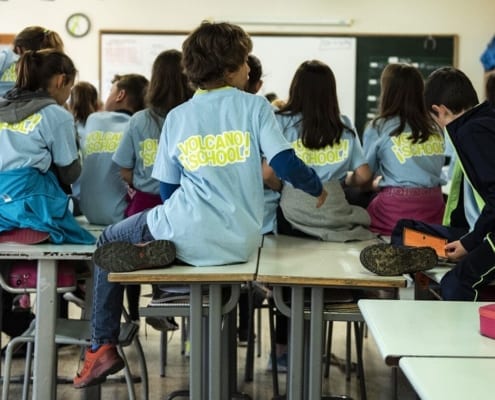 https://volcanofoundation.org/wp-content/uploads/2019/04/volcano-active-foundation-volcano-school-proyecto02.jpg
815
1900
Anne Fornier
https://volcanofoundation.org/wp-content/uploads/2021/04/volcano-foundation-1-1.png
Anne Fornier2019-04-26 07:52:482021-09-27 17:28:22TE ACERCO A MI VOLCAN
https://volcanofoundation.org/wp-content/uploads/2019/04/volcano-active-foundation-volcano-school-proyecto02.jpg
815
1900
Anne Fornier
https://volcanofoundation.org/wp-content/uploads/2021/04/volcano-foundation-1-1.png
Anne Fornier2019-04-26 07:52:482021-09-27 17:28:22TE ACERCO A MI VOLCAN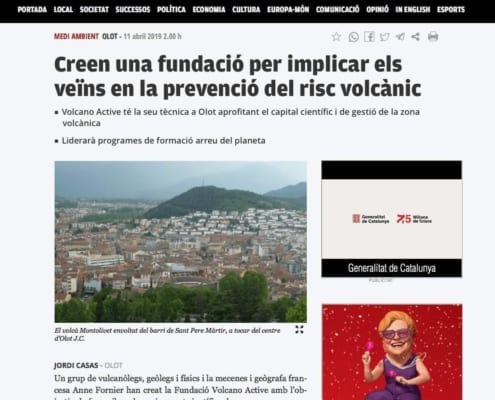 https://volcanofoundation.org/wp-content/uploads/2019/04/volcanofoundation-elpuntavui-11-04-19-1.jpg
1116
1052
Anne Fornier
https://volcanofoundation.org/wp-content/uploads/2021/04/volcano-foundation-1-1.png
Anne Fornier2019-04-25 13:31:522021-09-27 17:28:35THE FOUNDATION IN EL PUNT AVUI
https://volcanofoundation.org/wp-content/uploads/2019/04/volcanofoundation-elpuntavui-11-04-19-1.jpg
1116
1052
Anne Fornier
https://volcanofoundation.org/wp-content/uploads/2021/04/volcano-foundation-1-1.png
Anne Fornier2019-04-25 13:31:522021-09-27 17:28:35THE FOUNDATION IN EL PUNT AVUI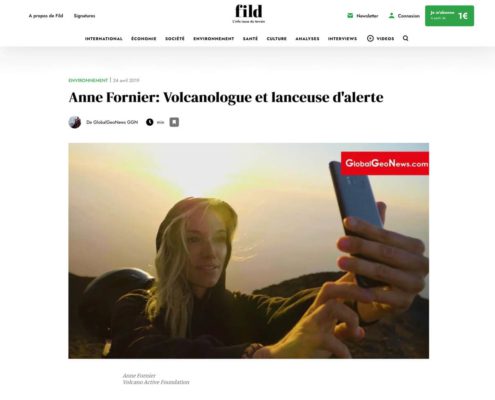 https://volcanofoundation.org/wp-content/uploads/2021/06/fildmedia-annefornier-volcanofoundation.jpg
964
1200
Anne Fornier
https://volcanofoundation.org/wp-content/uploads/2021/04/volcano-foundation-1-1.png
Anne Fornier2019-04-24 14:30:112021-09-27 17:29:57ANNE FORNIER: VOLCANOLOGIST AND WHISTLEBLOWER
https://volcanofoundation.org/wp-content/uploads/2021/06/fildmedia-annefornier-volcanofoundation.jpg
964
1200
Anne Fornier
https://volcanofoundation.org/wp-content/uploads/2021/04/volcano-foundation-1-1.png
Anne Fornier2019-04-24 14:30:112021-09-27 17:29:57ANNE FORNIER: VOLCANOLOGIST AND WHISTLEBLOWER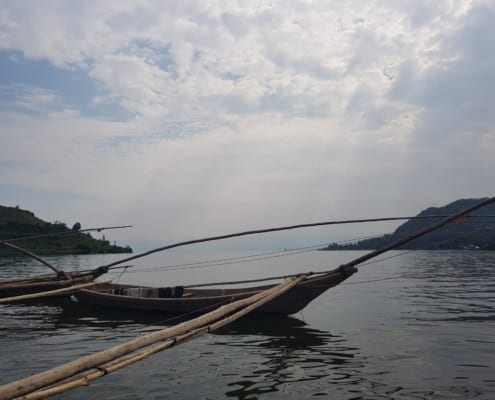 https://volcanofoundation.org/wp-content/uploads/2019/04/20180609_144602-e1568884935340.jpg
1485
1980
Anne Fornier
https://volcanofoundation.org/wp-content/uploads/2021/04/volcano-foundation-1-1.png
Anne Fornier2019-04-09 08:12:012021-09-27 17:30:07DEADLY LAKES
https://volcanofoundation.org/wp-content/uploads/2019/04/20180609_144602-e1568884935340.jpg
1485
1980
Anne Fornier
https://volcanofoundation.org/wp-content/uploads/2021/04/volcano-foundation-1-1.png
Anne Fornier2019-04-09 08:12:012021-09-27 17:30:07DEADLY LAKES
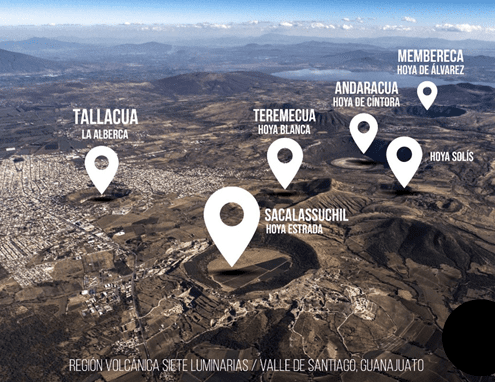 https://volcanofoundation.org/wp-content/uploads/2019/04/image-5.png
382
576
Anne Fornier
https://volcanofoundation.org/wp-content/uploads/2021/04/volcano-foundation-1-1.png
Anne Fornier2019-04-04 14:04:492021-09-27 17:30:31THE SEVEN LUMINARIES. CRATERS BETWEEN VILLAGES.
https://volcanofoundation.org/wp-content/uploads/2019/04/image-5.png
382
576
Anne Fornier
https://volcanofoundation.org/wp-content/uploads/2021/04/volcano-foundation-1-1.png
Anne Fornier2019-04-04 14:04:492021-09-27 17:30:31THE SEVEN LUMINARIES. CRATERS BETWEEN VILLAGES.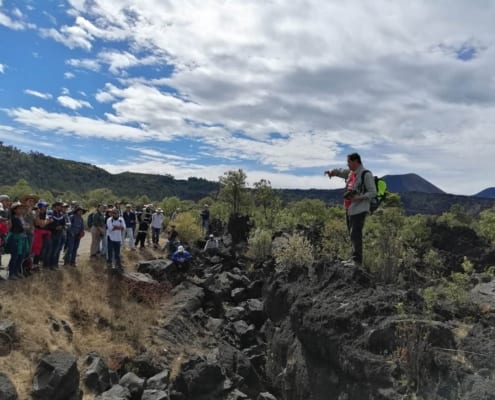 https://volcanofoundation.org/wp-content/uploads/2019/04/red-vulcanologos-volcanofoundation-1-1500x1125.jpg
1125
1500
Anne Fornier
https://volcanofoundation.org/wp-content/uploads/2021/04/volcano-foundation-1-1.png
Anne Fornier2019-04-04 12:47:462021-09-27 17:30:43INTERNATIONAL NETWORK OF VOLCANO GUIDES
https://volcanofoundation.org/wp-content/uploads/2019/04/red-vulcanologos-volcanofoundation-1-1500x1125.jpg
1125
1500
Anne Fornier
https://volcanofoundation.org/wp-content/uploads/2021/04/volcano-foundation-1-1.png
Anne Fornier2019-04-04 12:47:462021-09-27 17:30:43INTERNATIONAL NETWORK OF VOLCANO GUIDES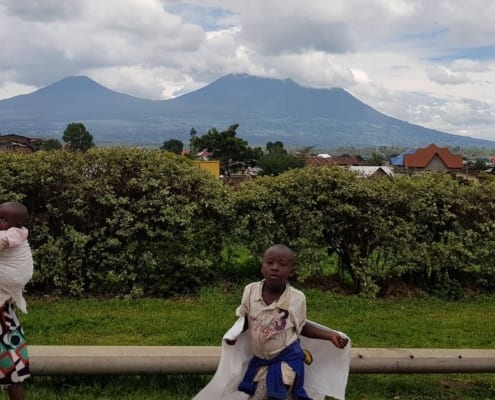 https://volcanofoundation.org/wp-content/uploads/2018/12/volcano-foundation-news-05.jpg
1080
1920
Anne Fornier
https://volcanofoundation.org/wp-content/uploads/2021/04/volcano-foundation-1-1.png
Anne Fornier2019-04-03 16:24:092021-09-27 17:31:10NATURAL HAZARDS IN GOMA AND THE SURROUNDING VILLAGES
https://volcanofoundation.org/wp-content/uploads/2018/12/volcano-foundation-news-05.jpg
1080
1920
Anne Fornier
https://volcanofoundation.org/wp-content/uploads/2021/04/volcano-foundation-1-1.png
Anne Fornier2019-04-03 16:24:092021-09-27 17:31:10NATURAL HAZARDS IN GOMA AND THE SURROUNDING VILLAGES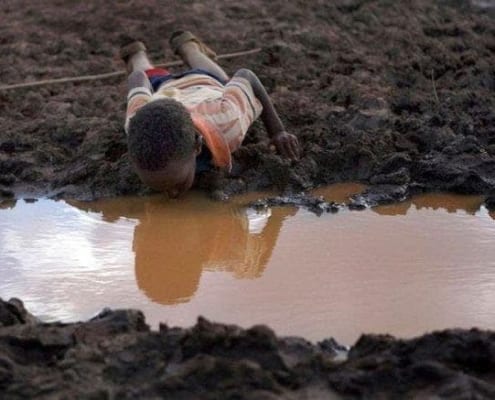 https://volcanofoundation.org/wp-content/uploads/2019/08/contaminacion-agua-volcan-africa.jpg
437
720
Anne Fornier
https://volcanofoundation.org/wp-content/uploads/2021/04/volcano-foundation-1-1.png
Anne Fornier2019-04-03 15:48:212021-09-27 17:31:24INFLUENCE OF MOISTURE SOURCE DYNAMICS AND WEATHER PATTERNS IN CENTRAL-EASTERN AFRICA
https://volcanofoundation.org/wp-content/uploads/2019/08/contaminacion-agua-volcan-africa.jpg
437
720
Anne Fornier
https://volcanofoundation.org/wp-content/uploads/2021/04/volcano-foundation-1-1.png
Anne Fornier2019-04-03 15:48:212021-09-27 17:31:24INFLUENCE OF MOISTURE SOURCE DYNAMICS AND WEATHER PATTERNS IN CENTRAL-EASTERN AFRICA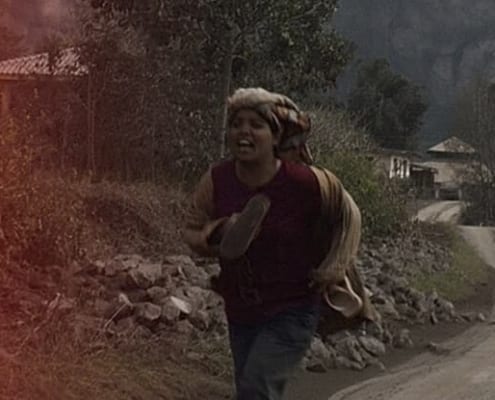 https://volcanofoundation.org/wp-content/uploads/2019/03/tira-claim-bg.jpg
415
1800
Anne Fornier
https://volcanofoundation.org/wp-content/uploads/2021/04/volcano-foundation-1-1.png
Anne Fornier2019-02-19 12:12:172021-09-27 17:32:32VEI HOW DO YOU RATE THE STRENGTH OF AN ERUPTION?
https://volcanofoundation.org/wp-content/uploads/2019/03/tira-claim-bg.jpg
415
1800
Anne Fornier
https://volcanofoundation.org/wp-content/uploads/2021/04/volcano-foundation-1-1.png
Anne Fornier2019-02-19 12:12:172021-09-27 17:32:32VEI HOW DO YOU RATE THE STRENGTH OF AN ERUPTION?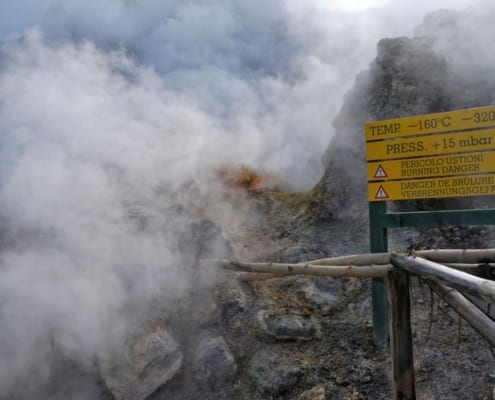 https://volcanofoundation.org/wp-content/uploads/2019/02/Volcano-active-foundation-campi-flegrei.jpg
1200
1920
Anne Fornier
https://volcanofoundation.org/wp-content/uploads/2021/04/volcano-foundation-1-1.png
Anne Fornier2019-02-18 17:07:142021-09-27 17:32:43CAMPI FLEGREI, A TICKING TIME BOMB
https://volcanofoundation.org/wp-content/uploads/2019/02/Volcano-active-foundation-campi-flegrei.jpg
1200
1920
Anne Fornier
https://volcanofoundation.org/wp-content/uploads/2021/04/volcano-foundation-1-1.png
Anne Fornier2019-02-18 17:07:142021-09-27 17:32:43CAMPI FLEGREI, A TICKING TIME BOMB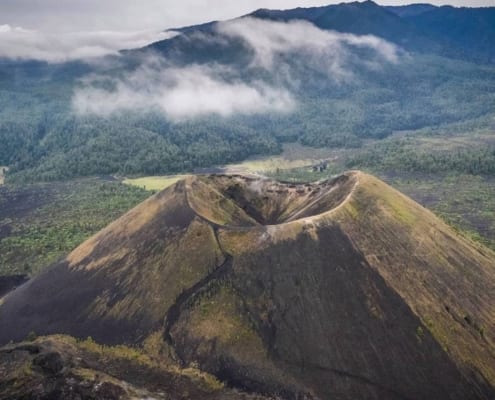 https://volcanofoundation.org/wp-content/uploads/2019/01/50609801_124290811952835_4551867685318688768_o.jpg
1958
2048
Anne Fornier
https://volcanofoundation.org/wp-content/uploads/2021/04/volcano-foundation-1-1.png
Anne Fornier2019-01-23 11:03:272021-09-27 17:39:35HOW A VOLCANO IS CREATED? THE HISTORY OF PARICUTÍN
https://volcanofoundation.org/wp-content/uploads/2019/01/50609801_124290811952835_4551867685318688768_o.jpg
1958
2048
Anne Fornier
https://volcanofoundation.org/wp-content/uploads/2021/04/volcano-foundation-1-1.png
Anne Fornier2019-01-23 11:03:272021-09-27 17:39:35HOW A VOLCANO IS CREATED? THE HISTORY OF PARICUTÍN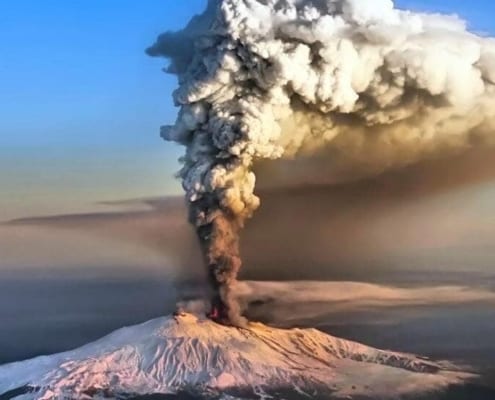 https://volcanofoundation.org/wp-content/uploads/2019/01/Etna-1024x550.jpg
550
1024
Anne Fornier
https://volcanofoundation.org/wp-content/uploads/2021/04/volcano-foundation-1-1.png
Anne Fornier2019-01-16 10:52:182021-09-27 17:40:55COULD ETNA CAUSE A TSUNAMI?
https://volcanofoundation.org/wp-content/uploads/2019/01/Etna-1024x550.jpg
550
1024
Anne Fornier
https://volcanofoundation.org/wp-content/uploads/2021/04/volcano-foundation-1-1.png
Anne Fornier2019-01-16 10:52:182021-09-27 17:40:55COULD ETNA CAUSE A TSUNAMI? https://volcanofoundation.org/wp-content/uploads/2018/12/volcano-foundation-news-05.jpg
1080
1920
Anne Fornier
https://volcanofoundation.org/wp-content/uploads/2021/04/volcano-foundation-1-1.png
Anne Fornier2018-12-20 12:40:492021-09-27 17:48:16THE FERTILITY OF VOLCANOES
https://volcanofoundation.org/wp-content/uploads/2018/12/volcano-foundation-news-05.jpg
1080
1920
Anne Fornier
https://volcanofoundation.org/wp-content/uploads/2021/04/volcano-foundation-1-1.png
Anne Fornier2018-12-20 12:40:492021-09-27 17:48:16THE FERTILITY OF VOLCANOES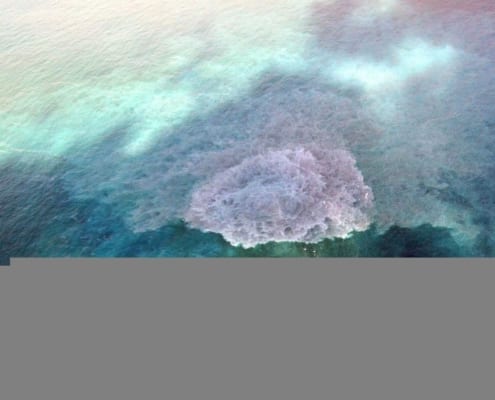 https://volcanofoundation.org/wp-content/uploads/2018/12/Vuelo-Científico-INVOLCAN-GC-El-Hierro-230112-550.jpg
795
1200
Anne Fornier
https://volcanofoundation.org/wp-content/uploads/2021/04/volcano-foundation-1-1.png
Anne Fornier2018-12-20 11:56:112022-01-19 17:14:13WHAT WE KNOW ABOUT UNDERSEA VOLCANOES
https://volcanofoundation.org/wp-content/uploads/2018/12/Vuelo-Científico-INVOLCAN-GC-El-Hierro-230112-550.jpg
795
1200
Anne Fornier
https://volcanofoundation.org/wp-content/uploads/2021/04/volcano-foundation-1-1.png
Anne Fornier2018-12-20 11:56:112022-01-19 17:14:13WHAT WE KNOW ABOUT UNDERSEA VOLCANOESVOLCANO ACTIVE FOUNDATION RESPONSABILITY
nº 2195 authorised by the Madrid's Minister of Justice
NIF G67314625
SF Abocados Francesc Macia 7 pl17
08029 Barcelona, Spain

 DIAMONDS AND VOLCANOES
DIAMONDS AND VOLCANOESWe may request cookies to be set on your device. We use cookies to let us know when you visit our websites, how you interact with us, to enrich your user experience, and to customize your relationship with our website.
Click on the different category headings to find out more. You can also change some of your preferences. Note that blocking some types of cookies may impact your experience on our websites and the services we are able to offer.
These cookies are strictly necessary to provide you with services available through our website and to use some of its features.
Because these cookies are strictly necessary to deliver the website, refusing them will have impact how our site functions. You always can block or delete cookies by changing your browser settings and force blocking all cookies on this website. But this will always prompt you to accept/refuse cookies when revisiting our site.
We fully respect if you want to refuse cookies but to avoid asking you again and again kindly allow us to store a cookie for that. You are free to opt out any time or opt in for other cookies to get a better experience. If you refuse cookies we will remove all set cookies in our domain.
We provide you with a list of stored cookies on your computer in our domain so you can check what we stored. Due to security reasons we are not able to show or modify cookies from other domains. You can check these in your browser security settings.
These cookies collect information that is used either in aggregate form to help us understand how our website is being used or how effective our marketing campaigns are, or to help us customize our website and application for you in order to enhance your experience.
If you do not want that we track your visit to our site you can disable tracking in your browser here:
We also use different external services like Google Webfonts, Google Maps, and external Video providers. Since these providers may collect personal data like your IP address we allow you to block them here. Please be aware that this might heavily reduce the functionality and appearance of our site. Changes will take effect once you reload the page.
Google Webfont Settings:
Google Map Settings:
Google reCaptcha Settings:
Vimeo and Youtube video embeds:
The following cookies are also needed - You can choose if you want to allow them:
You can read about our cookies and privacy settings in detail on our Privacy Policy Page.
PRIVACY POLICY